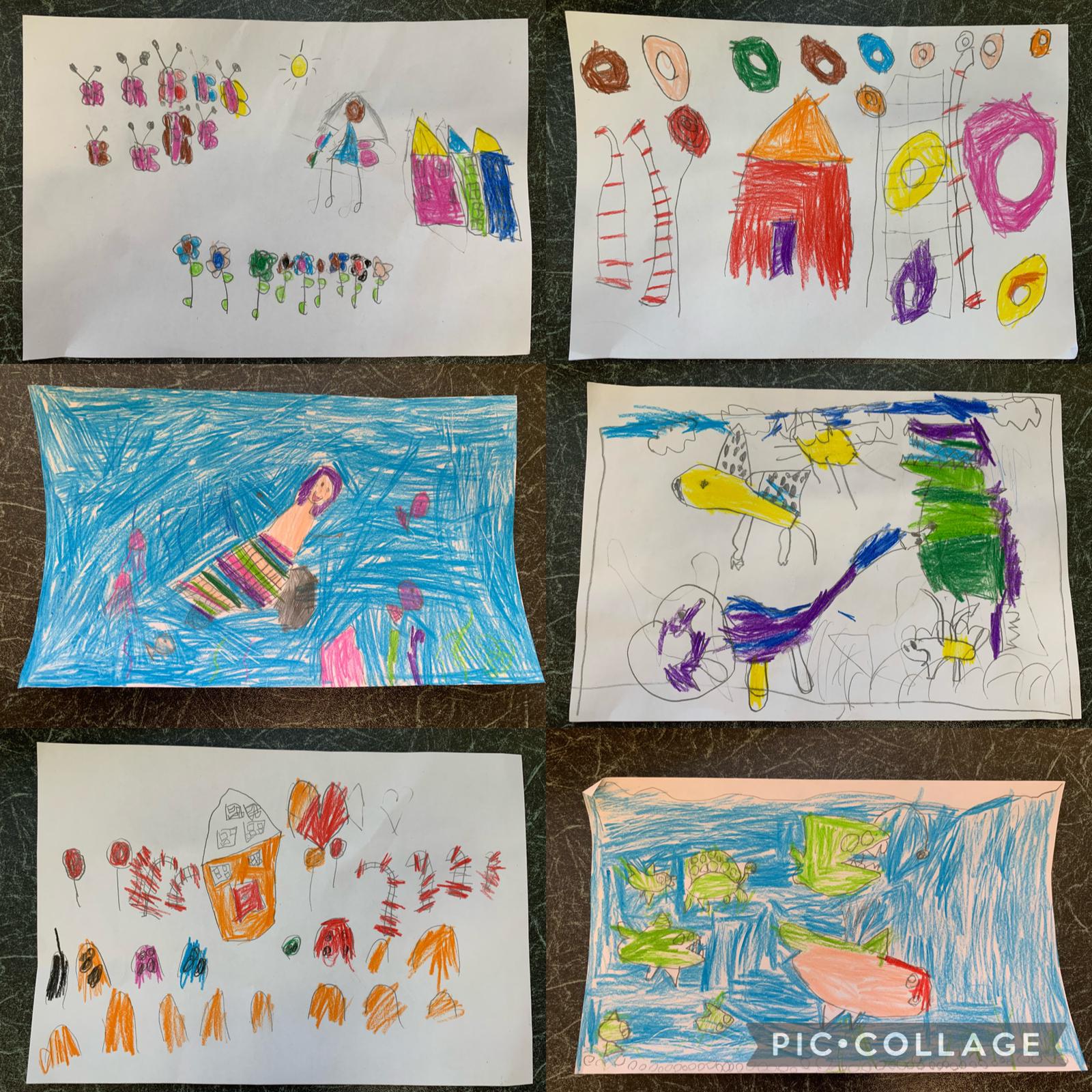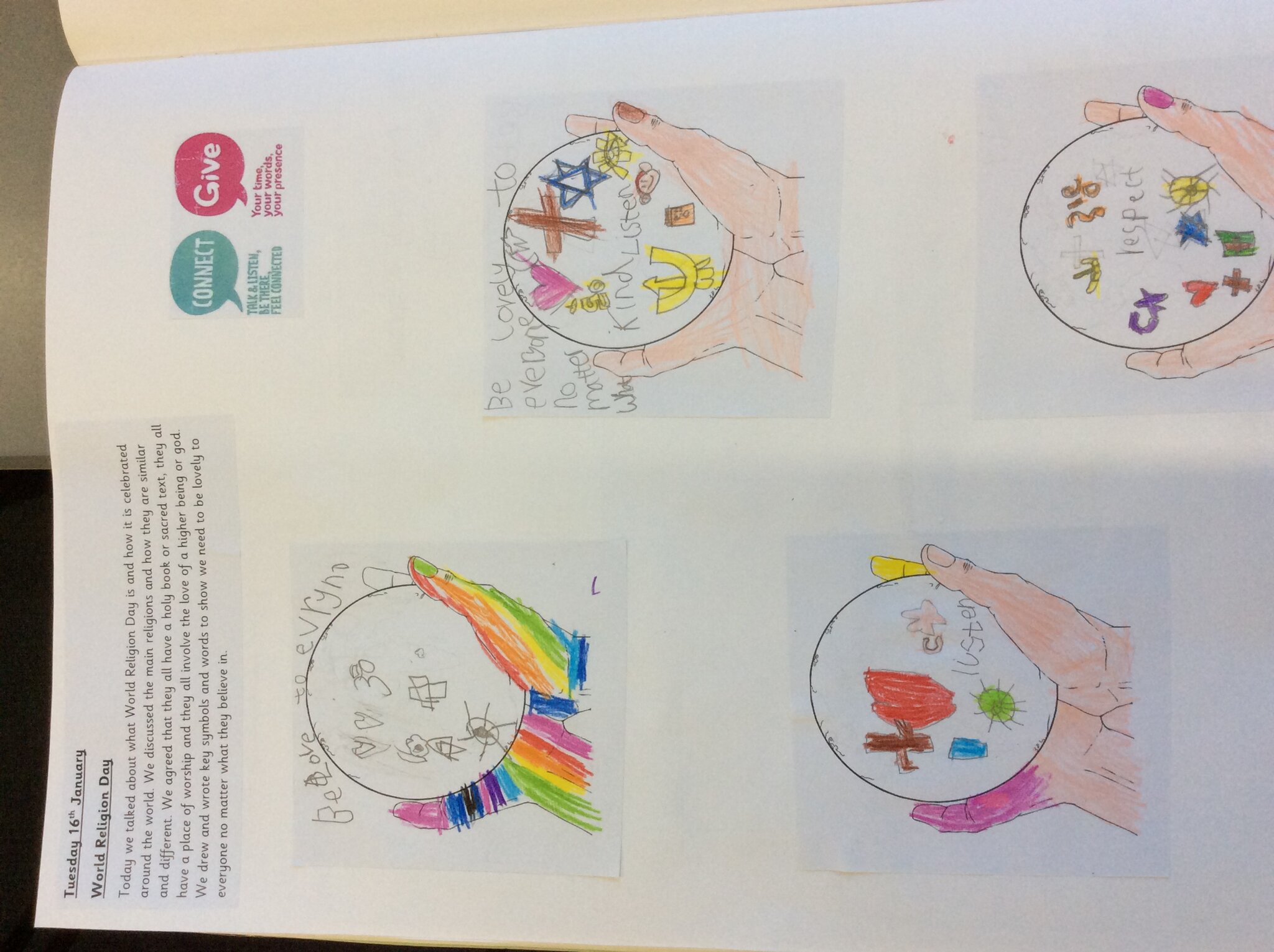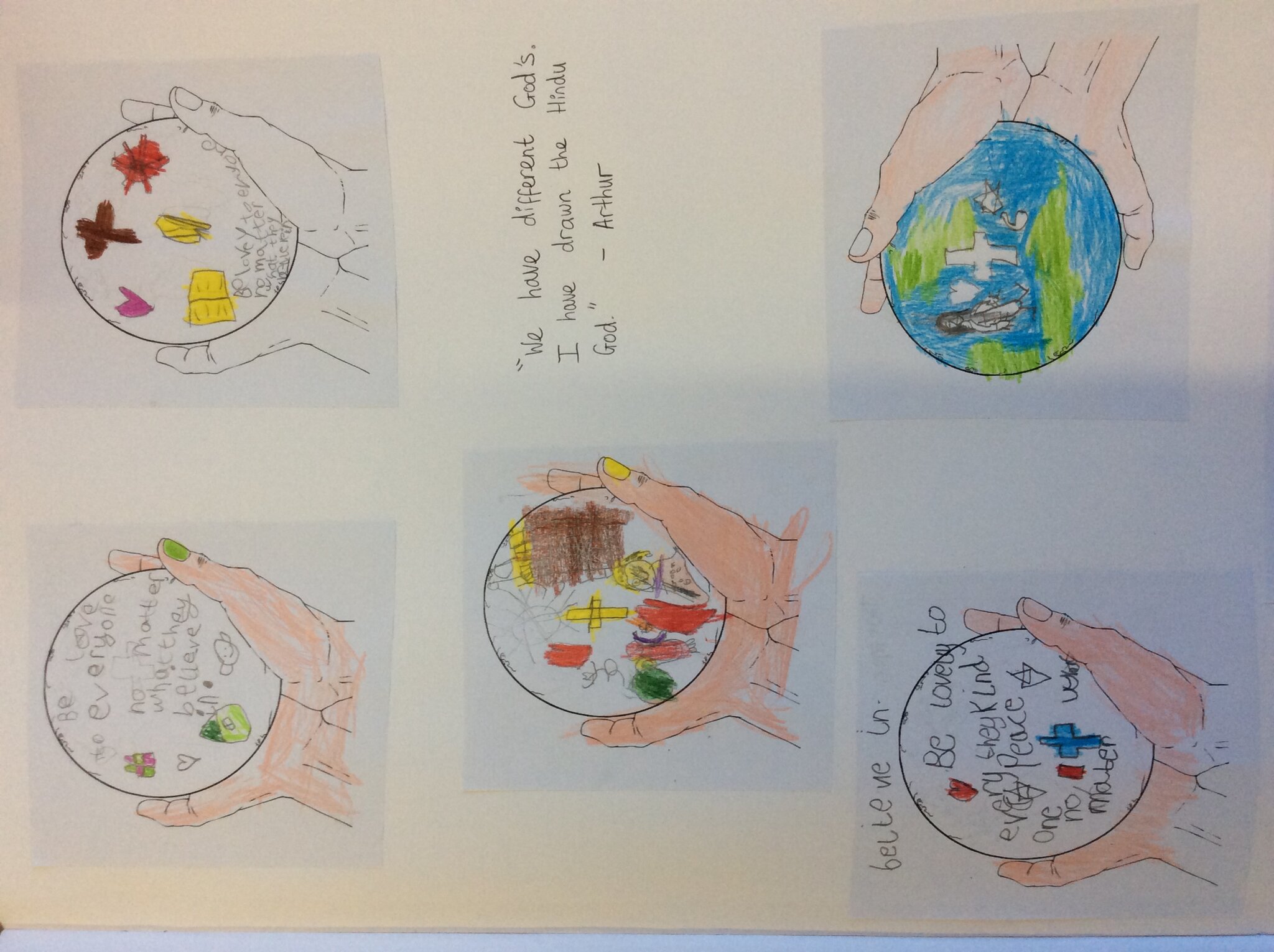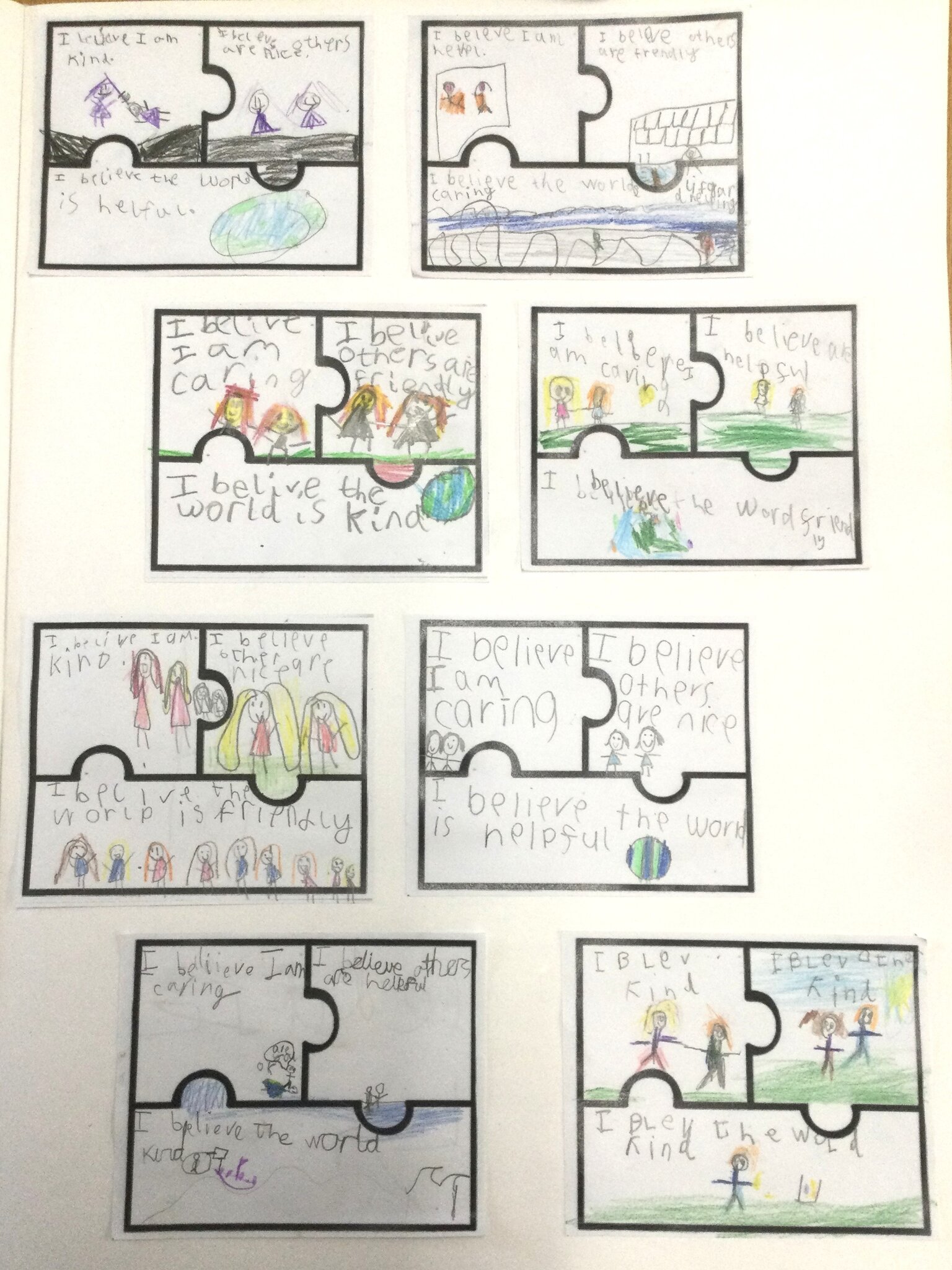19 October 2023
Year 1 As part of Anti-Bullying week we talked about how sometimes our friends can tease or say hurtful things and very occasionally bully. We discussed that sometimes people do this to others because they look or are different to them. Together, we decided what it means to be unkind, to tease or to bully. We read different situations and decided which one we thought it showed. Year 2 Year 2 have been learning to recognise, name and understand how to deal with feelings by acting out different scenarios. We drew the situations and wrote how we could respond. We also looked at what bullying and what teasing is so that we could better understand the difference. Year 3 Year 3 discussed the theme of Respect for this year’s Anti-Bullying week and discussed our new phrase ‘RIP Bullying’. R – Repeated I – Intentional P – Power Imbalance We then discussed who we might hear in school saying these things and how we show them respect. Year 4 As part of anti-bullying week Year 4 have discussed RIP to bullying, what this means and what children should do if they are being bullied or notice that someone else is being bullied. We discussed with the children how it is important to tell a trusted adult so it can be dealt with as the children may not be able to put a stop to it themselves. The children then completed an activity where they discussed and wrote down the names of some trusted adults that could help them if they were being bullied inside or outside of school. Year 5 In Year 5, we have been thinking about basic emotional needs. We talked about these needs and how our body can react when we are in a situation that makes us feel uncomfortable e.g. shaking and sweating. We then discussed copying strategies that we could use to help us overcome these challenges e.g. breathing techniques and sharing concerns with someone you trust. Year 6 In Y6, we talked about saying ‘RIP to Bullying’. We discussed that sometimes talking to an adult is the best approach, but we also listed all of the other actions we can take to stomp out bullying. We played the 'Spider Web of Connections' game to explore common interests and to help build connections in our class. Base Blue Base Blue talked about respect and how it looks in different places such as at home, in school, with our friends and most importantly, respect to ourselves. In school, we have been celebrating Black History Month throughout the month of October with each class finishing the celebrations by completing a piece of work on this topic. This year’s theme is Reclaiming Narratives. In classes we have looked at the talents and achievements of a member of the black community and discussed the amazing things they have done alongside the difficulties they faced. Base Red Some of Base Red have been learning about Muhammad Ali and Jimi Hendrix. We have designed our own electric guitars and championship belts as a way of paying homage to their successful careers. We talked about how they are different and/or similar to us and how they accomplished a great deal of interesting things in their lifetime. Base Yellow Base Yellow studied the life and achievements of Nelson Mandela and the difficulties he faced. We read a simplified text about Nelson Mandela and had a class discussion about the key themes. EYFS We watched an interview with Kelechi Okafor and Cocoa kids journalists where she talks about Nigeria, her upbringing and becoming an author. We watched her read her book, Strong like me and bought a copy to read in our class. Year 1 To celebrate Black History Month we discussed significant Women in Black History. We learnt about Dr Wangari Maathai. We learnt about her life and thought about how we could look after our environment like Dr Wangari Maathai. Year 2 We learned about Matthew Henson who was the first person to reach the North Pole! We learned about his early life and how he started working on a ship when he was 12. The ship’s captain taught him to read, write and how to plan routes. They travelled the world on the ship. When he was in his twenties he began an expedition with another explorer. Despite a difficult journey, after many months, they finally reached the North Pole on 6th April 1909. This will be helping for our current topic in Geography - Hot and Cold places. Year 3 Year 3 learnt a little bit about Leigh-Anne Pinnock from Little Mix. We listened to how she felt when being referred to as ‘the black one’ in the group and how she never felt good enough. We discussed how that would make her feel and how we can ensure that no one ever feels less valued due to the colour of their skin. We linked this to our British Values of tolerance and respect, thinking about how we need to be accepting of everyone, regardless of race, gender or background. Year 4 To celebrate Black History Month, we learned about the story of Nicola Adams. We looked at her achievements as a two-time Olympic gold medalist and well as the barriers she had to face and overcome. We created posters to showcase her achievements and barriers to success and discussed how we could take inspiration from her story. Year 5 In Year 5, we have been exploring the life and achievements of the ‘hidden figure’ Katherine Johnson. We looked at press release images from NASA launches that she was part of and noticed that her contribution was not widely documented. We discussed her amazing talents alongside her incredible resilience in the face of discrimination and racism. We then created our own documentation about her achievements, the difficulties she faced and how her work has influenced our life today. Year 6 For Black History Month, we looked at the lives of Jack Leslie and Viv Anderson - black footballers who have become significant figures due to their stories. Jack Leslie was picked to be a reserve for an upcoming England vs Ireland game in 1925 but was reportedly cut from the team due to the colour of his skin. Leslie was never picked in any capacity for England again. As a consequence, it was not until 1978 that Viv Anderson became the first black player to appear as a full international for the England team. We worked with a partner to create a 'split poster' about their lives and why they are significant figures. Year 1 Year 1 have been learning all about the weather. We have identified different weather symbols and watched a weather report. We thought about the different clothes we need to wear for each type of weather. Year 2 As part of our fieldwork unit ‘Why do people visit the galleries?’ Year 2 went on a local walk to the galleries to interview the public about they go there. We identified shops that we saw and completed a map. This will support our next lesson on evidencing our data findings. Year 3 Year 3 are currently completing a unit all about the UK in their Geography lessons. We have been identifying the countries and capital cities within the UK and local counties. In this lesson, we were identifying rural and urban areas, labelling the features of both. Here are some examples. Year 4 This term Year 4 have been using our fieldwork skills to investigate "What would attract tourists to our local area (Newcastle)?". We have looked at OS maps and used coordinates to identify and locate key features in Newcastle. More recently, we have had the opportunity to use public transport to get to Newcastle. Whilst we were there, the children were brave and asked members of the public a survey. Although nervous at the start, everyone had grown in confidence by the end of the visit. Super job everyone, we are so proud of you all! Year 5 In year 5, we are currently completing our unit focusing on OS maps. We have learnt how to write directions that include street names, compass directions and turning directions. We then used our knowledge to plan a route from school to the F pit. We made sure to find the four figure grid references of our start and end points before setting off. When planning our route, we considered which way would be the most efficient. We then walked the route to make sure our directions were correct. Year 6 This is week, we have used OS maps to plan a route around Holy Island as part of our topic on Scandinavia and the Viking Invasion of Lindisfarne. Our aim was to get from the carpark to the Priory, along to Lindisfarne Castle and then out towards Emmanuel Head. Using compass directions, we mapped out a route and explain to a partner how to get around the island. We then visited the island on Tuesday and Wednesday to see how successful our mapping skills were! This week, we all delved into the wonderful world of poetry! We read some famous poems together, discussing rhythm, rhyme, and expressive language. Some Year groups enjoyed the opportunity to recite these poems, showing great confidence and expression. Inspired by these classic works, some children also created their own fantastic poetry. It was wonderful to see their creativity and confidence grow as they experimented with different styles. Year 1 Year 2 Year 2 explored the poem Snowball by Shel Silverstein. We discussed our own experiences of making snowballs and inferred that the snowball melted! We all agreed that the poem was funny. We learned it with actions and recited the poem by heart in small groups. Year 3 Year 3 learnt the poem 'The Coming of Iron Man' in line with their current English book 'The Iron Man'. We looked at the rhythm of a poem and the use of rhyming couplets. We read through the text, adding actions and then used freeze frames to show the different sections. Year 4 Year 4 listened to and read the poem 'Don't' by Michael Rosen. We identified rhyming couplets and thought of some of our own. Wethen wrote a stanza to use in the poem 'Don't'. Some of us performed our poems to the class including some great drama! Year 5 In year 5, we have completed acrostic harvest poems in preparation for our harvest assembly. Children learnt about what harvest is and how it is traditionally celebrated before using their knowledge to create an acrostic poem. As part of our homework, we have also submitted some fantastic entries to the wonder verse poetry competitions. We may have some published poetry writers in year 5 soon! Year 6 This year, a lot of what we’re focussing on in our curriculum is about improving children’s ability to recall key facts. It is so important that children know the basics to allow them to solve more complex calculations later on in their school journey. We also know how amazing it is to have support from parents, carers and families in helping children to learn these facts at home. Some things you can do to help your child at home: Counting to 20: https://www.youtube.com/watch?v=_MVzXKfr6e8 Supermovers: https://www.bbc.co.uk/teach/supermovers/articles/zbct8xs Mother Hen Days of the week: https://www.youtube.com/watch?v=mXMofxtDPUQ Hit the Button (a class favourite) https://www.topmarks.co.uk/maths-games/hit-the-button TTRS and Numbots have apps for phones and tablets – we pay for the subscription so it’s totally free for you to use at home. https://www.youtube.com/watch?v=ioE9AW6IXN4 https://www.youtube.com/watch?v=e7rYbk9PNuM Use this app to make your own songs up https://www.riffusion.com/ EYFS Year 1 Year 1 have been enjoying learning the song 'Your Imagination' by Joanna Mangona and Pete Readman: We played the song and listen with closed eyes. After listening, we talked about the song and how it made us feel. We talked about the instruments we could hear and then we enjoyed playing along to the track using the glockenspiel. Year 2 Last term Year 2 were looking at songs with the theme of friendship. We learnt the 'Friendship Song' and were able to play along on the glockenspiels. We then experimented making our own compositions using a rhythm grid. We followed the rules, by making sure we repeated the notes we chose and left rests in between. Here are some of our compositions: Year 3 In year 3 during spring term, the children focused on reggae music and learnt to play along to Three Little Birds by Bob Marley on the recorder. They later went on to compose their own piece of music to play along with the backing track. We are going to continue with this skill in the summer term. Year 4 Year 4 are currently focusing on the song Blackbird by The Beatles. They have started by exploring the origin of the song and they have used their listening and appraisal skills to comment on the genre and instruments used. In addition, they have started to learn the first verse and chorus of the song by focusing on the tempo and pitch. We look forward to applying our skills to the glockenspiel in our next lesson! Year 5 In our most recent Music unit, Year 5 had lots of fun exploring Livin' of a prayer by Bon Jovi. We started by listening to the music and discussing the genre, composition, instruments used and our opinion on the piece. We also looked at some background information about Bon Jovi and this song. Secondly, we recapped our learning of finding the pulse before learning to sing this song. We enjoyed creating our own actions for the chorus and experimenting with using techniques to highlight the differences between the parts of the song. Next, we used the glockenspiels to learn this song before composing a piece of our own. We made sure to create a piece that was in the same key as the original with notes that complimented the music. We also challenged ourself to create a piece of music that was able to be repeated. When recording our compositions on the stave, we made sure to place our notes in the correct places and use rests to ensure our bars had the correct number of beats in them. We ended our unit by successfully performing our compositions to our peers. Year 6 Over the past term, we have been listening to the song ‘You've Got A Friend’ which is a 1971 song written by Carole King. We have learned to read musical notes and had a go at composing our own melodies to play alongside the song, considering the effectiveness of different repetitive elements to create 'catchy hooks'. Using a stave, we plotted crochets and minims using the notes A, G and E. Click the QR code to listen to one of our performances! Year 1 Year 1 have been learning about the four countries of the United Kingdom. We have looked at the capital cities and physical and human landmarks within each country. We have learned about the characteristics of each country and what makes them unique. We looked at their flags, foods, sports and music. Each of us drew and labelled an item from each country and correctly placed it in the right country. Some of us challenged ourselves to write a postcard from that country. Year 2 Year 2 have just started their Social Responsibility Unit called 'Why Should I Value My Education?'. First, we discussed what it meant to be responsible for something and how we can be responsible for our learning when in school. We then compared different types of education in the UK and how schools can be very different depending on where you live. We then compared education across the world and thought about why education is so varied in different countries. Some of the things we noticed was that a lot of children are educated outside, many have their own individual desks and in some schools there are a lot of children in one class. Year 3 In year 3, the children learnt about sketch maps and why they might be useful. They then created their own sketch maps of Lake Windermere in the Lake District, the area we have focused on in our fieldwork unit of work. Year 5 Over the past few weeks, Year 5 have been working hard on creating a voice over for a flyover tour. We started our project by exploring a range of flyover tours for locations in North America including New York, Montreal, Austin and Miami. Whilst watching the tours, we discussed the geographical information we could learn from the tour e.g. land use and landmarks. We then researched the information we couldn't find out from the flyover tour e.g. seasons, population, climate before finally turning this information into a flyover voice over. Next week, we will be recording our voiceovers to share during our class assemblies after half term. Year 6 As part of our unit on South America, we have been researching famous landmarks and deciding if they have become through historical, political, social or geographical reasons. Then we focused on trade and the exports and imports sent and received by the UK and other South American countries. Finally, we conducted our own research into the Amazon Rainforest using a range of sources. We pride our mathematicians in school as critical thinkers, problem solvers, children who take risks and are resilient when things are tricky. As a staff, we always try to help children understand the connections between different areas of Maths and also the Maths they have learned previously. This is a huge strength of our curriculum. This year, we have had a staff training focus on addition and subtraction and children have really risen to the challenge, learning lots of new and important vocabulary to help them develop their reasoning. Well done everyone! To really help your child at home, practising their addition and subtraction facts with them is so important. This could be helping them remember which numbers add to make 10. It is also especially important that they know what combinations of numbers add to make all the numbers up to 10 too as this really cements their ability to add when bridging ten and then apply this to larger numbers later. If they know that 3 + 5 = 8, them they also know 30 + 50 = 80 and so on. EYFS Reception have been looking at how to add numbers to 5 which is a super important skill they will need to rely on later in their school journey. Year 1 This week Year 1 have been looking at subtraction as reduction. We started the week looking at this practically and used counters on first, then and now boards to show the reduction. We then used pictorial representations for the reduction and wrote the equation. As a challenge we had to find the missing part in the first, then and now story. Year 2 We have used bonds to ten when adding through ten. In this lesson we were adding a 2 digit number and a 1 digit number that crossed the ten boundary. First we partitioned the one digit number in order to make a multiple of ten first, then added the remaining ones. This was the final part in a series of lessons which built on partitioning numbers effectively, using related facts within 20 and then using this to add through ten. We used a similar method in the following lessons when subtracting through ten. Year 3 Year 3 were working on strategies to support mental calculations. These included partitioning, adjusting, redistribution and finding the difference. Year 4 Year 4 look throughout the year at how to apply the skills we have learned from previous years to adding in context. We study Perimeter and look at how to use efficient strategies such as bridging through 10 and adjusting to add many numbers together. We also reason about whether it is more efficient to use mental or written methods. Year 5 Within our decimals unit, we learnt how to add and subtract decimals using the formal method as well as on a number line. We used this knowledge to work systematically to find hidden values and to solve problems with money. Year 6 We have been looking at addition and subtraction through algebraic expressions. We used our knowledge of the four operations to solve algebraic expressions, such as '2x + 2y ='. Alongside this, time has been spent recapping addition and subtraction as part of BIDMAS. Our Spotlight in English focussed on Oracy. Children engaged in opportunities to develop and refine their language skills. Through active participation in discussions, presentations, and conversations, our children enhanced their vocabulary, grammar, pronunciation, and fluency. They practised articulating their thoughts, expressing their ideas clearly and coherently, and listening attentively to others. Year 1 In Year 1, we stretched our imaginations and had lots of fun enhancing our understanding of the characters in ‘The Tiger Who Came to Tea’. We pretended to be tigers, used our voices to speak in role and retold the story by creating our very own puppet shows. Year 2 Year 2 were practicing writing question sentences to include in their final Hot Write. They wrote some questions to ask the shop keeper in their story and then we 'hot seated' the character of the shop keeper. They asked their questions and thought about the responses the character gave. They were confident to answer questions in front of their peers and ask their questions clearly. Year 3 This week, year 3 have been working on up-levelling their vocabulary so that it is rich and varied. They first worked on their oracy skills by discussing what they would need to describe in their setting for their adaptation of The Butterfly Lion. Then they worked in small groups and completed a carousel activity. There were images of key nouns spread around the room, each group had to write suitable adjectives around the images. Children were challenged not to repeat the same adjectives and instead were asked to up-level and use thesauruses. Year 4 Year 4 have explored the use of powerful adjectives and verbs when creating character's feelings. They have read character descriptions, including dialogue, to emphasise expression and the impact of show not tell. They have been able to develop their oracy by practicing high-level vocabulary when reading the descriptions to their partner. Year 5 In Year 5 we have experimented with different formalities in narrative writing. We acted out different mannerisms, speech and vocabulary to represent different characters. We explored how language would change between formal and informal writing through drama and oral sentence practicing. Year 6 We have been writing a parody of the Three Little Pigs. Before we started writing, we spent time orally rehearsing Pie Corbett's sentence starters to make our writing exciting and engaging for the reader. EYFS We created lava lamps from water, glitter and oil. We shook them and timed how long it took to settle. We made some without oil to see which settled faster. Year 1 As part of Science Week Year 1 looked at how nature in the UK is in trouble. They each made their own bird feeder in Forest School to show how small changes can help natures future. Year 2 We wanted to know could a paper boat float forever? We worked together to design an enquiry that could take place over a period of time. To make sure it was a fair test we made our boats from the same material in the same way. We made predictions and then recorded how long it took for them to sink completely. Year 3 In Year 3, children spent some time learning about soil and how they are not just rock and dust but are astonishing living systems that are full of life! The children spent some time sampling different soils to see what they are made from and make some comparisons. Year 4 Year 4 explored the difference between our brain development over time. We discussed how our brains build connections at different rates and in different ways depending on our life experiences. We recognised that we might have similar knowledge and experiences however identified that each person has a unique brain. Year 5 For Science Week, Year 5 have been exploring reaction times. We tested our own reaction time by dropping a ruler and seeing how fast we could catch it. Then we explored if distractions effected the reaction time. Year 6 In Year 6, we combined our knowledge of electricity and renewable energy sources (from our Scandinavia topic) to research into the battery life times of electric cars. We looked at the battery charging time compared to how much this would cost and how far this would take you in km. We also had a fantastic discussion about how practical electric cars are when you need to charge them instantly! EYFS We retold the story by looking at the pictures. Then focused on the magic red door. We created our own magic door and drew the places we would travel to if we had a magic door. Year 1 Year 1 looked at the book Journey and thought about the imaginary world they would enter if they went through the door. We each drew what we would hope to see through the door. Year 2 In year 2, we read the story and created our own adventure. We chose our own colour like the little girl in the story and drew an object that would take us on an adventure. We then decided where it would take us. Year 3 In year 3, the children saw the start of the story, Journey by Aaron Becker. They used the forest scene as inspiration to draw their own forest which they will use in their English work. They started to label their forests and were encouraged to use expanded noun phrases and figurative language. Year 4 For world book day, year 4 created a word bank to describe the characters and settings throughout the book. They used a thesaurus to uplevel their vocabulary, which allowed them to describe the book in further detail. They showed fantastic engagement with the book 'Journey' and were eager to predict what could happen at the end of the story. Year 5 In Year 5, we created our own stop motion animations without words in the style of the Journey. The children used their imagination to explore what the red pen could create. Year 6 In year 6, we looked through the story and discussed what we thought was happening. In pairs across the year group, the children wrote what the story would say if there was text, focusing on the character's emotions and thoughts, the setting, figurative language etc. They then recorded them orating their page so that overall we had the entire story retold by the children like an audio book. These are all on Seesaw if you wish to listen to them or can attach them in some way. Here is a screenshot of a couple that made notes on what they wanted to say on their slide as well. EYFS Year 1 To celebrate Children’s Mental Health Week, we talked about how ‘every voice matters.’ Children have a right for their views, feelings and opinions to be heard. We read the story ‘Speak Up’ and talked about how the boy made his voice heard and spoke up to save the library. Then we drew pictures of the things that matter to us. Year 2 For Children's Mental Health Week, Year Two have been reading the book Speak Up by Nathan Bryan and Dapo Adeola. We thought about what we wanted the class to know about us that they may not already know. We shared our likes and dislikes with everyone and recorded them in lots of different ways. The children were very confident and brave to share their voice with their class. Year 3 We talked about what mattered to us and what we had a right to. Some suggestions included: happiness, food, drinks, friends and family. We then created our own ‘happiness swirls’ that showed what mattered to use every day and what mattered to us in the wider world. Year 4 During PSHCE, Year 4 identified a range of 'good' and 'not good' emotions the impact they can have on our body. We discussed how we can identify our feelings and effective strategies to make ourselves feel better. This included deep breathing, mindful colouring and listening to music. We also discussed the importance of speaking with others to overcome our worries. Year 5 During children’s mental health week, Year 5 celebrated by discussing what matters to us on a day-to-day basis and what is important to us in the wider world. We then used this to create some artwork to show what matters to us. Year 6 In Year 6, we looked at what ‘mental health’ actually was and how everyone experiences good and bad mental health days – a lot like our physical health. We spoke at length about the different types of self-care options we had and how they helped us. We then spent some time talking about our rights as a child and that we have the right to SPEAK UP and BE HEARD because OUR VOICE MATTERS! Base We read the story ‘When I’m feeling nervous’. We discussed different strategies that were used in the story. Then we enjoyed practising the strategies and tried to decide which ones we preferred the most. It is officially Internet safer day on Tuesday 6th February. However, we feel that this topic is too important to cover in a single day! Below are some of the ways that our children have been learning about staying safe online this year. EYFS Reception are still getting to grips with the basics of how to use a computer. However, we are planning to see if we can find a PenguinPig later in the year (as part of our “Can you trust everything you find online?” lesson). Year 1 Year 1 read the story Digi Duck’s Big Decision and, based on what happened to Digi Duck, created tips to stay safe and sensible when using computers. They then used a pivot and a lever to create a waving picture to share one of their tips. Year 2 Year 2 explored who to tell if “something bad happened online”. They then combined online pictures and WordArt (+ effects!) to create posters in MS Publisher. Year 3 Year 3 have been discussing the difference between physical and virtual bullying, using a Venn diagram to sort bullying behavior. They have also been creating their own avatars and nicknames to keep personal information private and creating their own tips in WordArt! Year 4 Year 4 have been writing blogs and as such have been exploring the differences between posting content in school, where it is checked and approved, and posting content from home, where it is instant. They have also been researching what cyber-bullying is, what to do if it happens and the consequences of taking part – presenting their findings in PowerPoint. Year 5 Year 5 posted selfies and then used the comment function of Seesaw to share positive comments. We discussed how the use of technology means that the positive or negative feelings created by our online actions spread further and faster and last longer. Year 6 Year 6 have been using Office 365 to share microblogs/tweets about their favorite holiday memories. This led to a discussion about the advantages and disadvantages of using a collaborative document to communicate. Year 1 To celebrate World Religion Day Year 1 discussed the main religions around the world and how they are similar and different. We agreed that they all have a holy book or sacred text, they all have a place of worship and they all involve the love of a higher god. We drew and wrote key symbols and words to show we need to be lovely to everyone no matter what they believe in. Year 2 To celebrate World Religion Day in January, Year Two have been talking about belief. We have been learning about important it is that we try to understand what people believe and do in the world around us. We collected our ideas about self-belief, and what we belief about others and the world. Year Two have demonstrated how they are aware of the diversity of belief in the world. Well done. Year 3 In Year Three our topic is: What do Christians learn from the creation story? The children have been reading and retelling the creation story Genesis 1:1–2:3, and discussing what the story suggests is wonderful about the world. Year 5 During our unit of 'what does it mean to be a Muslim in Britain today?' Year 5 explored extracts from important Muslim texts and thought about how the advice would guide the life of a Muslim. We also used the target activity to consider which elements of Islam are most important to Muslims in their day-to-day life. Year 6 This week in RE, we have been looking at how God is portrayed in the bible using similes and metaphor. We have also considered how different religious opinions (theism, atheism and agnosticism) affect the way people live their lives. EYFS As part of their 3 Little Pigs topic, children in Reception have been exploring materials, looking at how easy it is to make shelters using twigs, straw and blocks. They also tested how strong these were using a hairdryer. Year 1 Year 1 pupils discussed which fruits they liked to eat then used this to create their own fruit salads. They particularly enjoyed taste testing the fruits before deciding whether to add it to their dish. Year 2 Year 2 worked together to create their own towers using marshmallows, kebab sticks and spaghetti. All the children worked amazingly as a team but most were very sticky by the time the towers had been built! Year 3 Year 3 used chopping and blending skills to create their own salsa and guacamole as part of their Day of the Dead topic in Art. They explored adding different spices to change the taste of their sides. Year 4 Year 4 pupils voted on their favorite ingredients to use as a pizza topping. They then used wraps to create their own “Fake-Away” pizzas, using the claw and bridge technique when chopping. Year 5 Year 5 have used a blanket stitch and applique to create their own Christmas decoration! Year 6 Year 6 visited Mikey’s Kitchen at St Michaels church and used their kitchen to prepare pumpkin soup. They then returned the following day to serve their delicious creation to members of the public. When they were not cooking, they also showed great teamworking skills to create place mats and a banner to advertise the event. Year 1 Year 1 were given some dominoes. First, we discussed which dominoes were odd and which were even. Then we discussed different ways we could make 5 using pairs of dominoes. Children worked in pairs to see how many different ways they could make 5. We discussed why we couldn’t use some of the dominoes. Year 2 Year. 2 were given 5 plates and 15 counters. Using a cross shape, they had to make the vertical and the horizontal part of the cross equal to 10. Then they had to make them equal to 8 and some of us even made our own! We used trial and improvement to solve this problem which involved a lot of determination. Year 3 There are black markings all the way up the lighthouse are 1 metre apart. In this task, children were asked to look at where the mouths of each of the different animals are. This allowed them to compare their position above or below sea level, or what distance apart they were. For example, the seahorse's mouth is 1 metre away than the mouth of the blue and yellow fish. As the children progressed through the statements, they got harder. They then created their own statements to match the picture. Year 4 Year 4 looked at finding the length of missing sides where we knew the perimeter then applied to a True or False problem. #explainit #proveit #flipit Year 5 Year 5 have completed the Susie the snake problem looking at factors and multiples. We completed the problem using a range of practical resources before challenging our self to #drawit. Year 6 In Y6 we looked at an NRICH problem called 'Fifteen Cards'. We had to find the winning combination of 7 seven cards that met the given criteria: the numbers on the first two cards add to 15; the numbers on the second and third cards add to 20; the numbers on the third and fourth cards add to 23; the numbers on the fourth and fifth cards add to16; the numbers on the fifth and sixth cards add to18 and the numbers on the sixth and seventh cards add to 21. We worked on number sense, quick calculations of facts and resilience. EYFS For Anti-Bullying Week, we read ‘The Rainbow Fish’ and talked about why we were special. We spent time taking notice of ourselves and other people by looking in a mirror and thinking of kind things to say about ourselves and our friends. Year 1 Year 1 discussed how sometimes our friends can be unkind or tease and very occasionally even bully. Together we decided what each one means. We read different situations and decided which one we thought and decided which one we thought it showed. Year 2 Year 2 learnt all about why we 'make noise' about bullying. We explored what bullying actually is and what we can do to stop it from happening. We then decided, if we could have a superpower to stop bullying, what would it be and why? Some ideas were; ‘super speed to catch the bully’, ‘super vision to see bullying happening’, ‘healing to make someone feel better if they’ve been bullied’ and ‘super strength so I could pick up the bully and take them away'. Year 3 In Year 3, we have been talking about conflict management. We were given a range of scenarios and discussed how a conflict might arrive and how everyone in the situation could resolve the conflict through compromise. In groups, we created ‘freeze-frames’ of each conflict and tried to show the different emotions in our body language and facial expressions. Year 4 This term, Y4 have been focussing on how different feelings and emotions can be displayed. We talked about how strong feelings and emotions can be linked to a physical state. We also considered the following questions and discussed them as a class: How would you know if someone else was feeling like that? How could you tell? How might they show that feeling on their bodies and faces? Year 5 Year 5 have been working on recognising different emotional needs and coping strategies. We created our own fictional characters and considered their likes and dislikes before giving them a scenario they would find difficult and recommending potential coping strategies. We have also been celebrating anti-bullying week. We have discussed what a good friend looks like with everyone coming up with a way that they can play a part in 'making a noise about bullying'. Year 6 As part of ‘Anti-Bullying Week: Make Some Noise’, Year 6 have been looking at the difference between banter and bullying, what this looks and sounds like, how we can identify it and how we can make some noise and challenge it! We created our own ‘bantometers’ showing when banter can become bullying. We also talked about how ‘banter’ to one person might be fun and that they might not mean to cause harm but that sometimes we need to look at situations from everyone’s point of view. During the month of October, we have been celebrating Black History Month. The theme this year is ‘celebrating our sisters’ so each year group has studied one influential black woman. EYFS We watched JoJo and Gran Gran- The Voyage. This talks about Gran Gran moving from St Lucia to UK when she was a little girl. We watched a Cbeebies clip that interviewed parents and children about what Black History Month means to them. We have been learning about Lorraine Pascale, she is a chef. We talked about why she is an inspirational black woman. Then used a recipe from her bestselling book to make flapjacks. Year 1 Year 1 have been learning about Rosa Parks and why she is significant. We learnt about her life and then sequenced the events which showed the part she played in ending segregation. Year 2 In Year Two we chose to celebrate the achievements of a significant figure relating to our History Topic of Kings, Queens and Castles for Black History Month. We looked at a powerful and inspirational Queen Sheba who it is believed came from Africa to visit King Solomon to learn more about God. We looked at historical representations of her and tried to imagine for ourselves what she would have looked like. We enjoyed learning about the gifts she brought for the King and what had learnt from him to make her a better queen for her people. Year 3 Wangari Maathai said small changes can make a big difference. She worked hard to plant trees in Kenya and stop deforestation. Year 4 Year 4 researched the importance of Mary Seacole in history. They extremely enjoyed reading about her heroic service towards wounded soldiers and selfless acts of kindness. They were able to compare Mary Seacole's characteristics to their own and they identified how they could be more like Mary Seacole. Year 5 Year 5 have been studying ‘the human computer’ Katherine Johnson and the influence she had on our lives today. We discussed the difficulties Katherine faced and the barriers she had to overcome to achieve her goals. We then completed our own NASA challenge where we had a time limit to complete the correct calculations to create our own rocket. Year 6 In Y6, we looked at the historical significance of Sacagawea. She was born around 1788 and was best known as serving as a member of the Lewis and Clark expedition into the American West. She was the only woman on the quest which saw the group travel thousands of miles across America from Missouri to the Pacific North West. Sacagawea showed the men how to forage and live off the land, supported them travelling along rivers and as well as acting as an interpreter which helped with gaining the trust of other tribes across America. We think she was amazing! Year 1 have been learning about the location of their school. Together we looked at our school address and discussed what each part tells us. We then found our school on an aerial map and labelled what we could see around our school. Year 2 have been locating the 7 continents and learning where they are in relation to the equator. They described whether continents were in the northern or southern hemisphere. Year 3 have been completing their own knowledge organiser for their topic on The UK counties, rivers, coastlines and mountains. Year 4 have been learning about what would attract tourists to our local area. Year 5 have been out of school doing fieldwork. They have planned, walked and evaluated a route in the local area. Year 6 enjoyed their visit to Lindisfarne this week. Prior to their visit they had the opportunity to explore OS maps of the island to plan and follow a route using OS symbols.





























































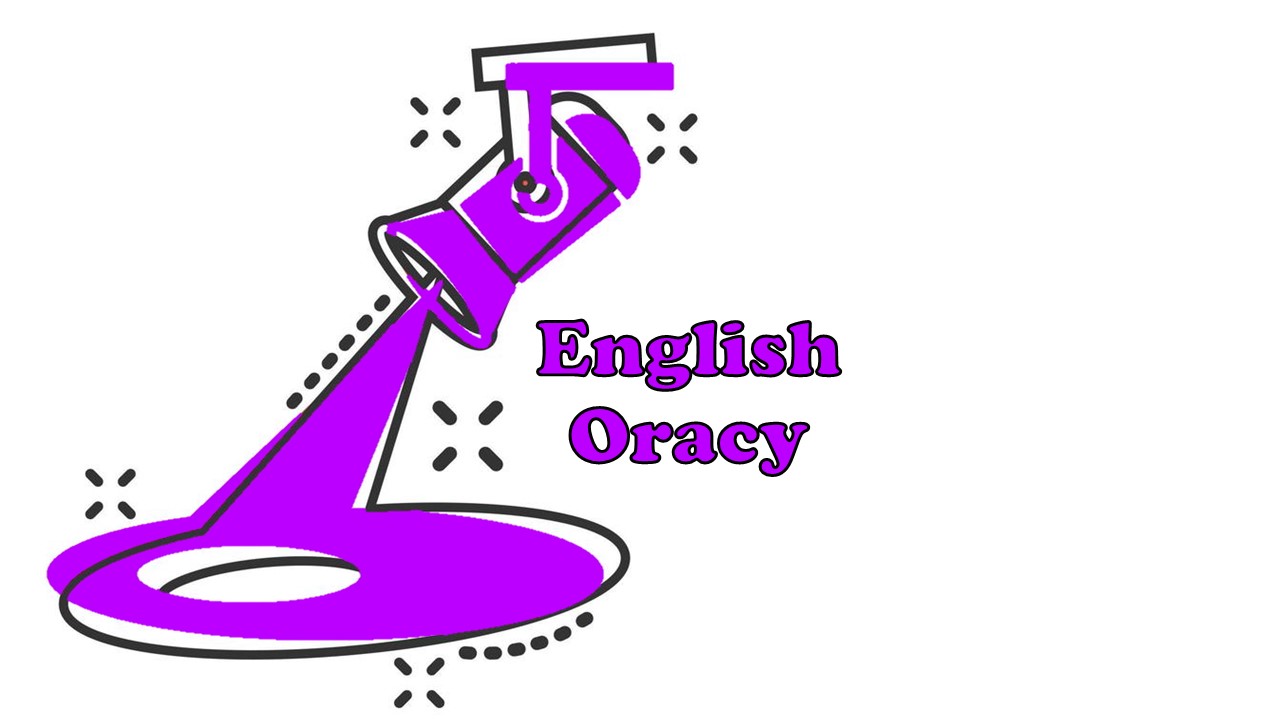
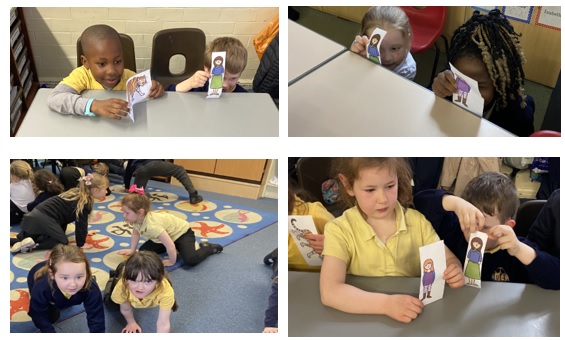
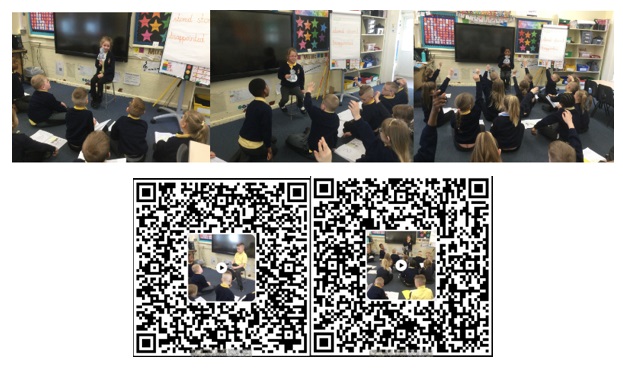

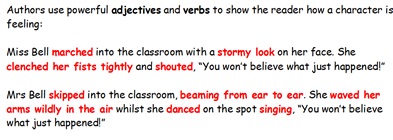
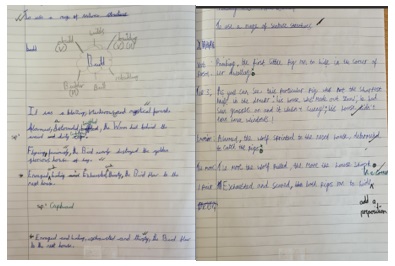
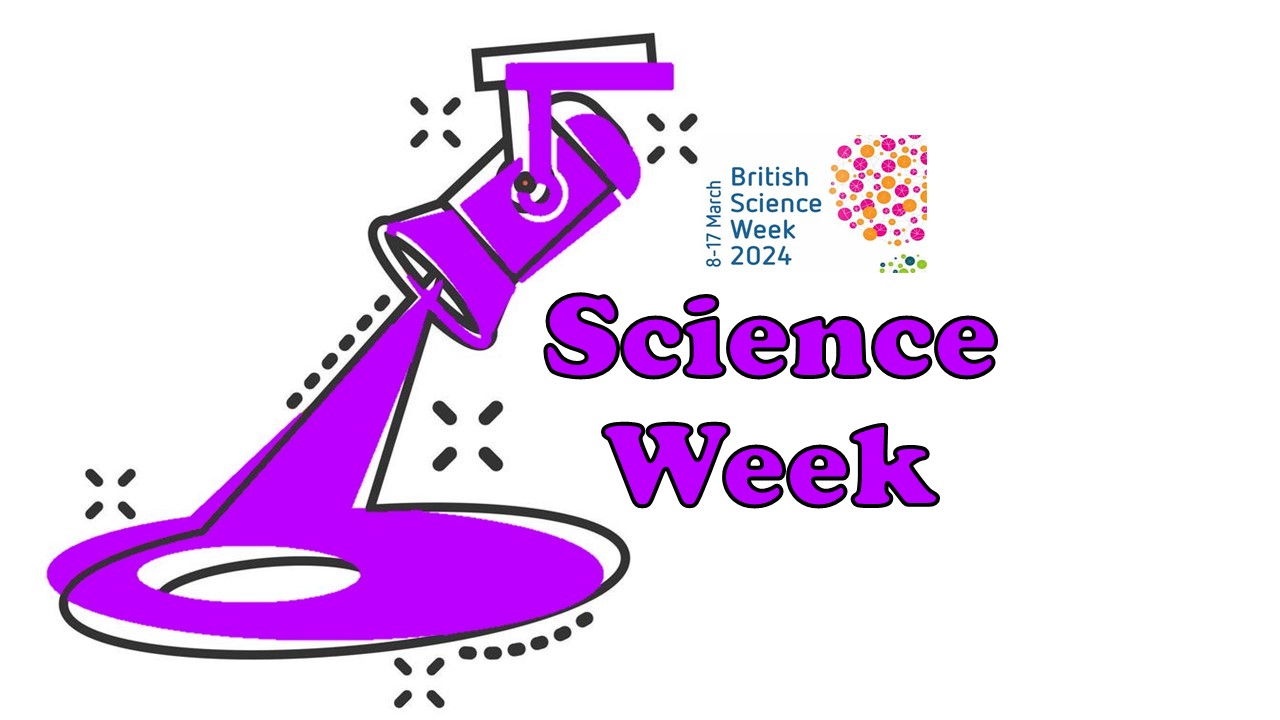
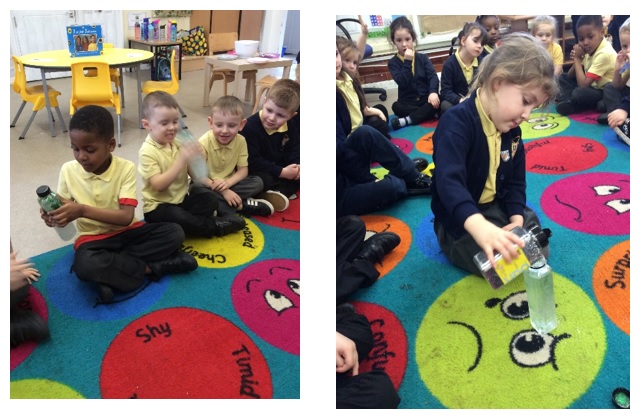
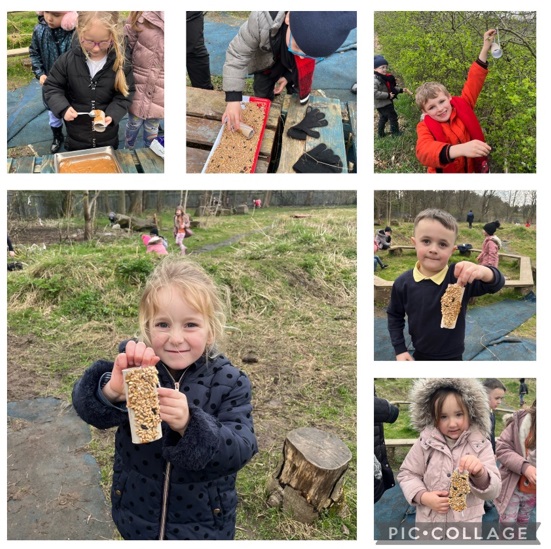
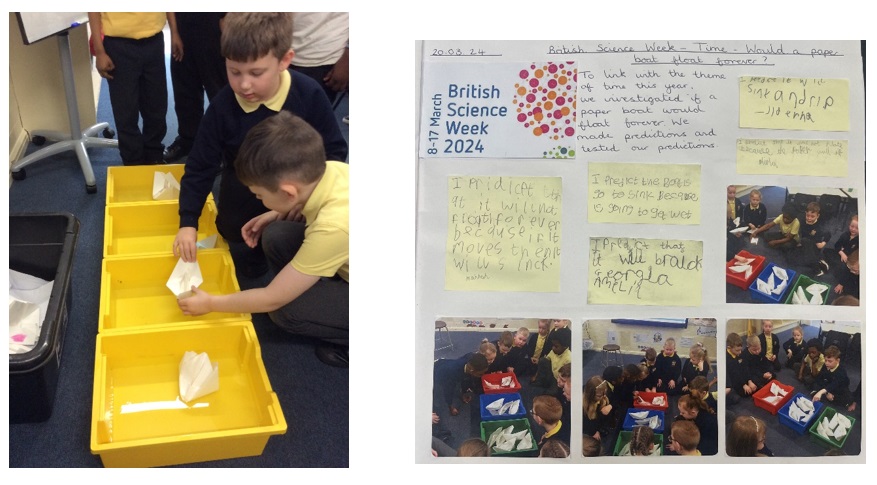
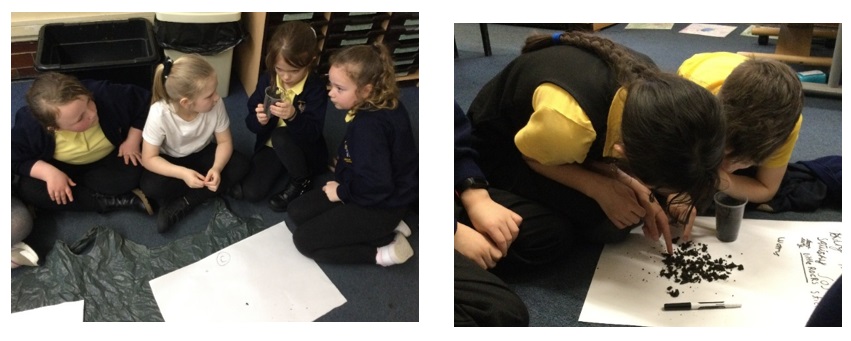
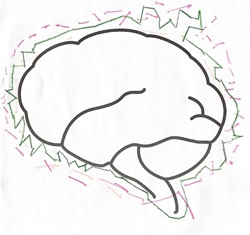
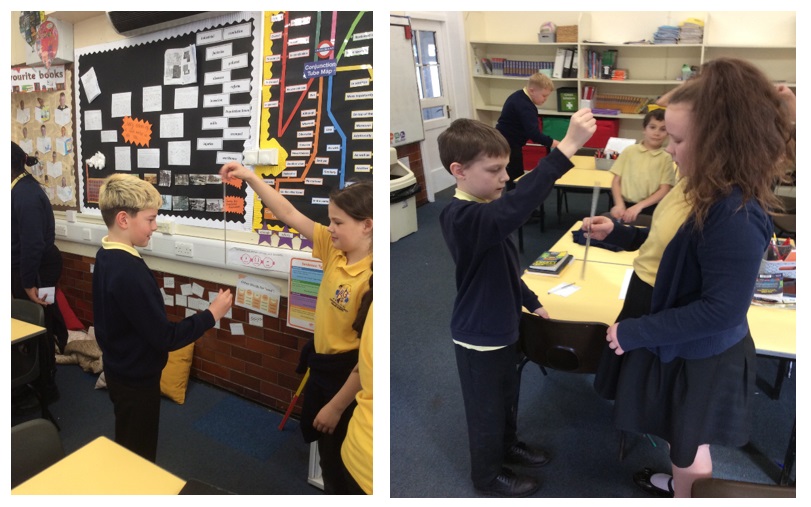

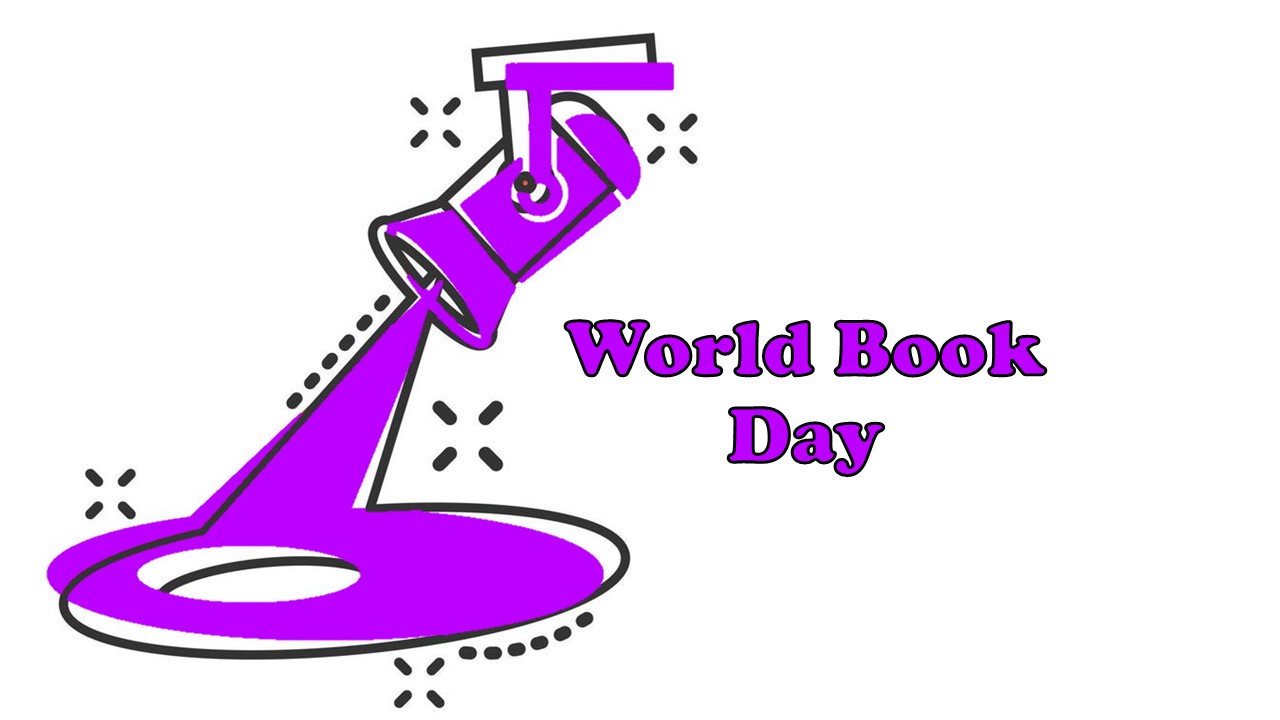
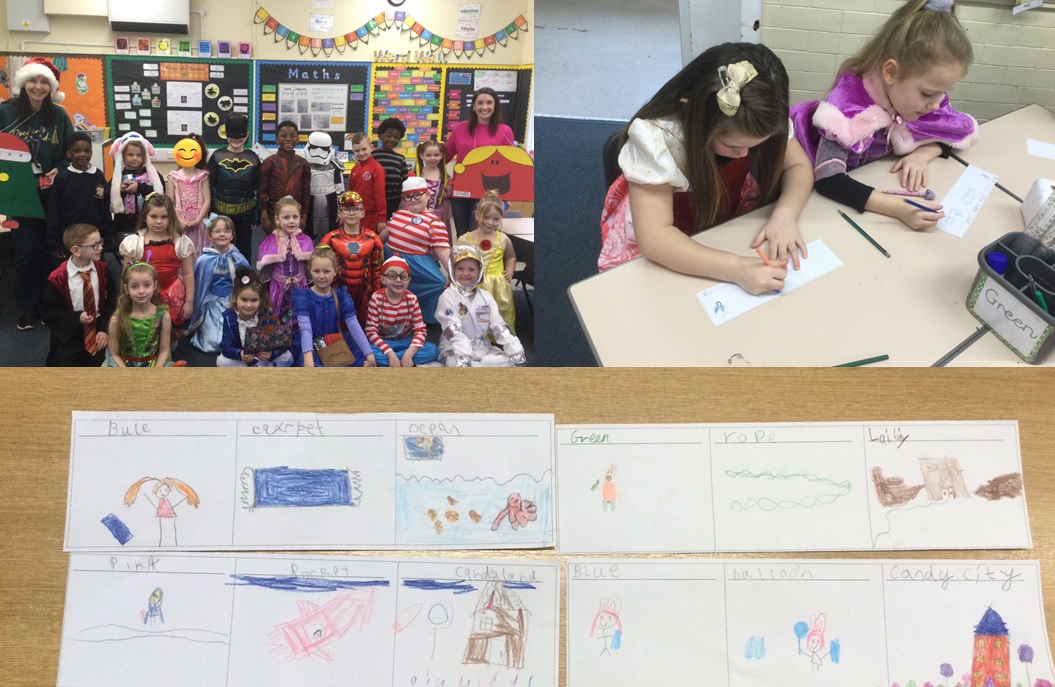
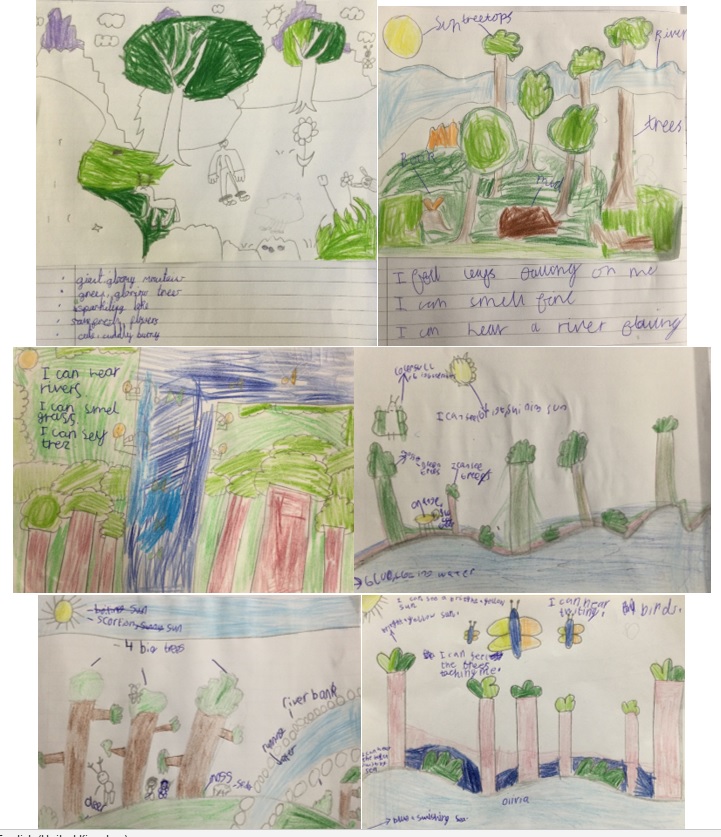
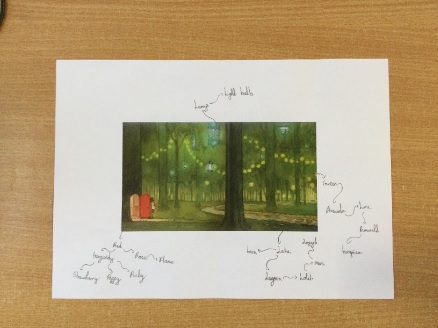

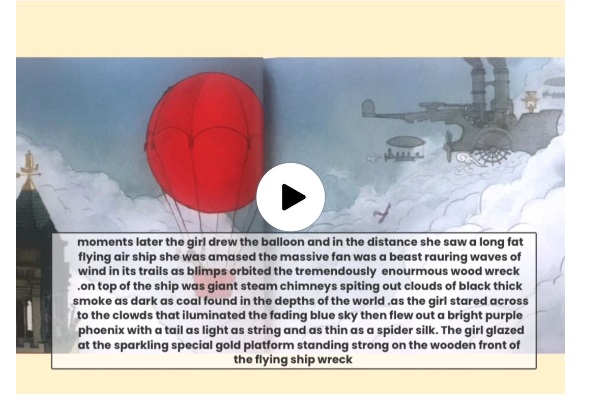
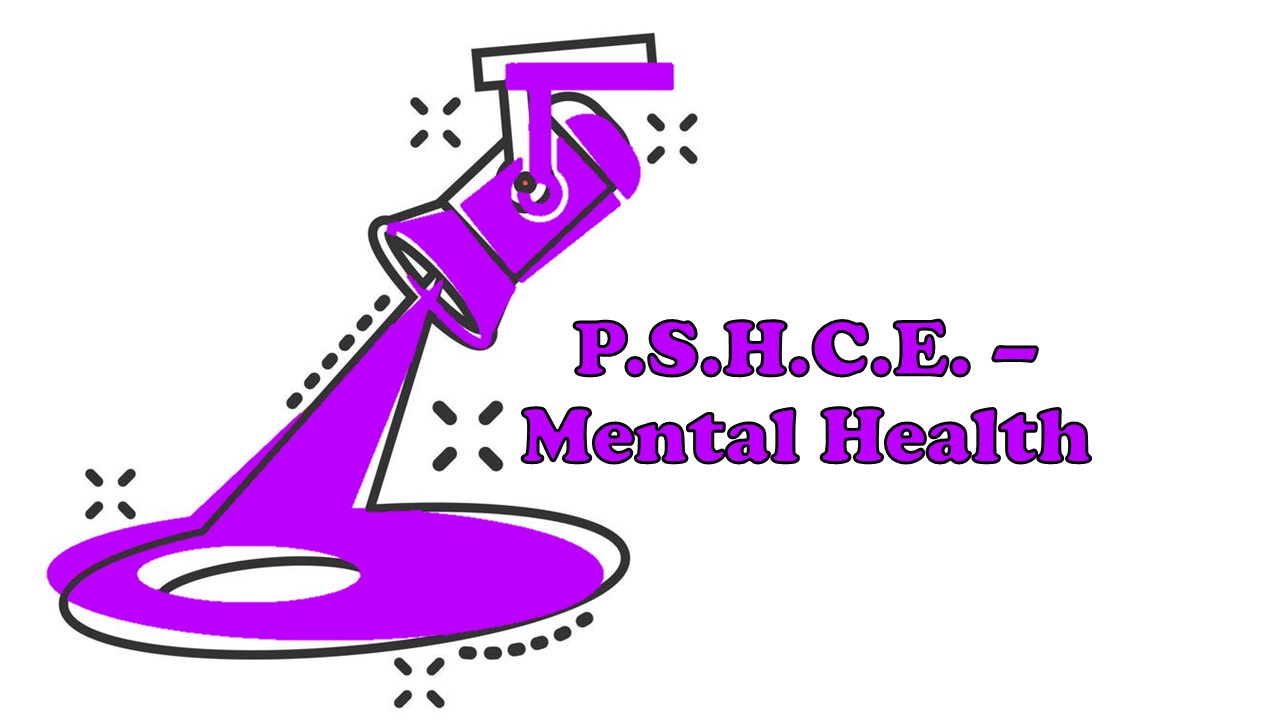

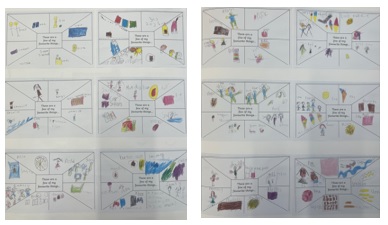

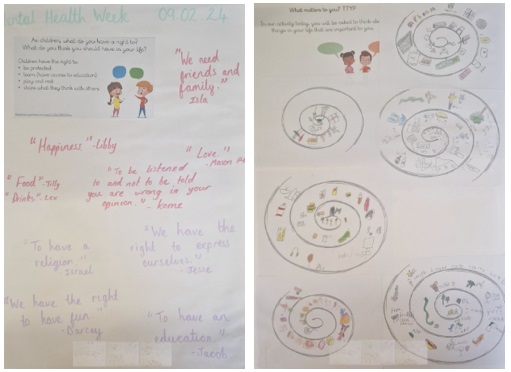
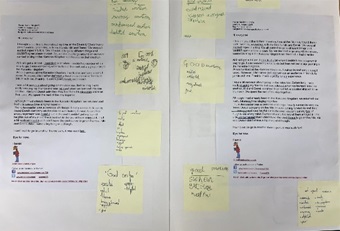
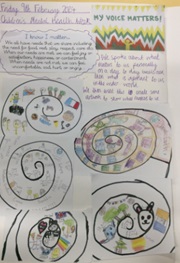
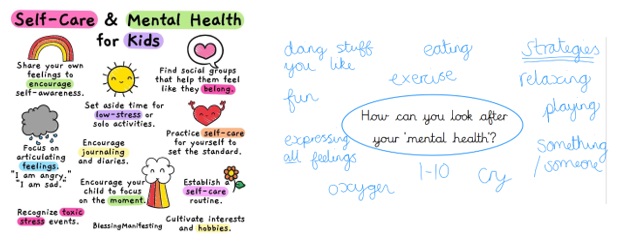
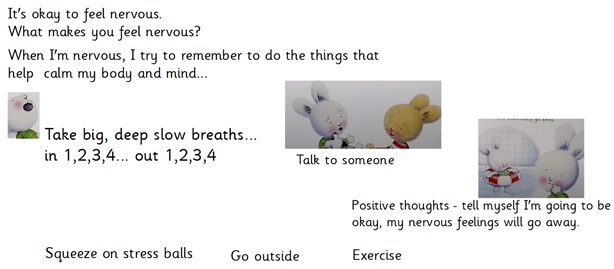
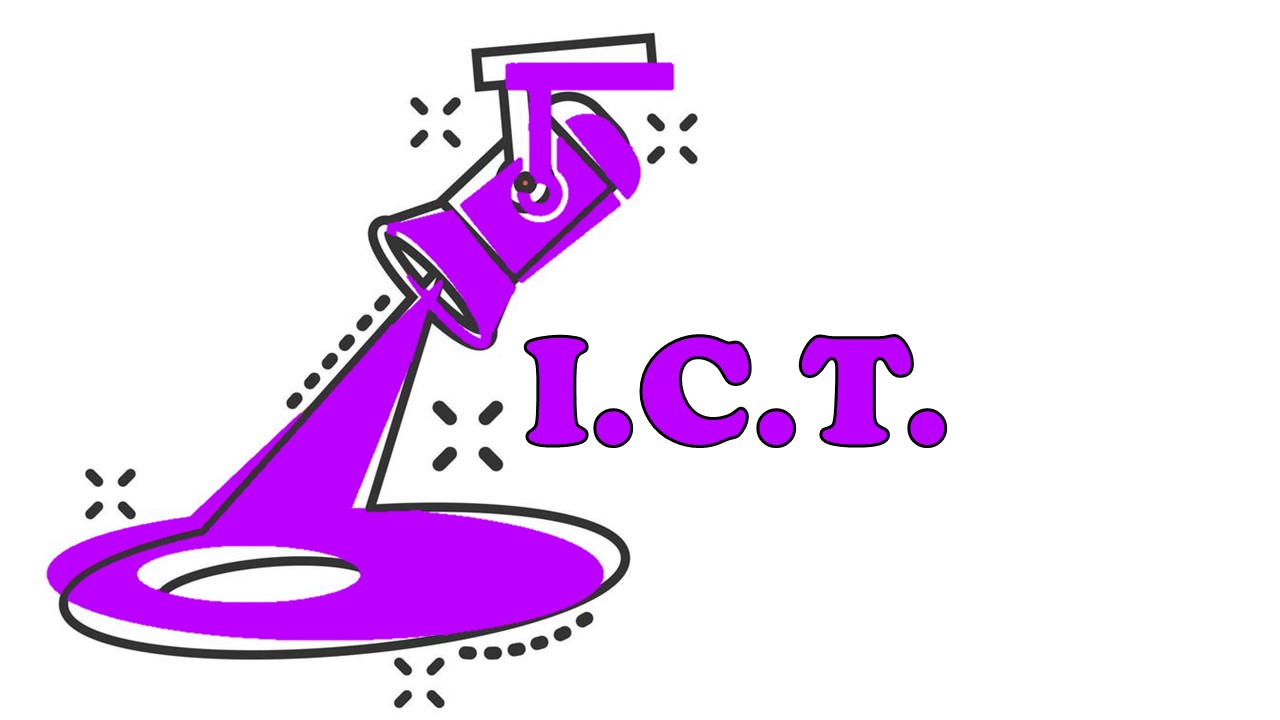
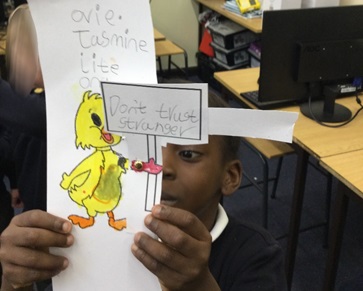
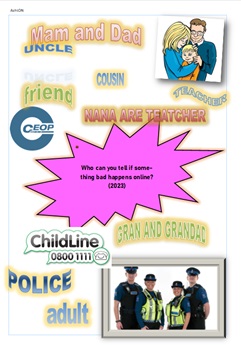
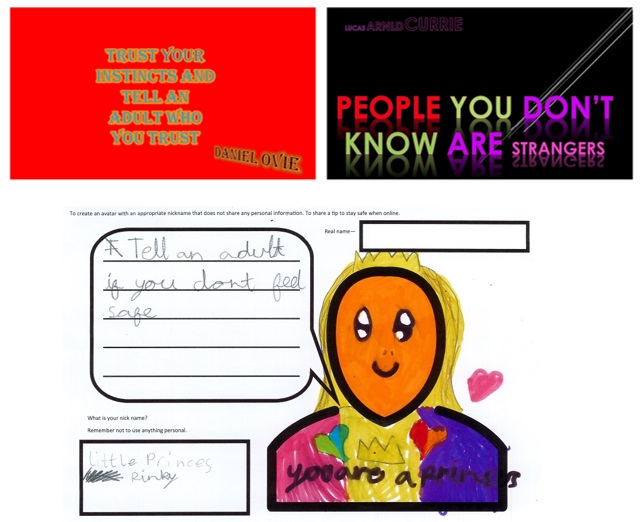
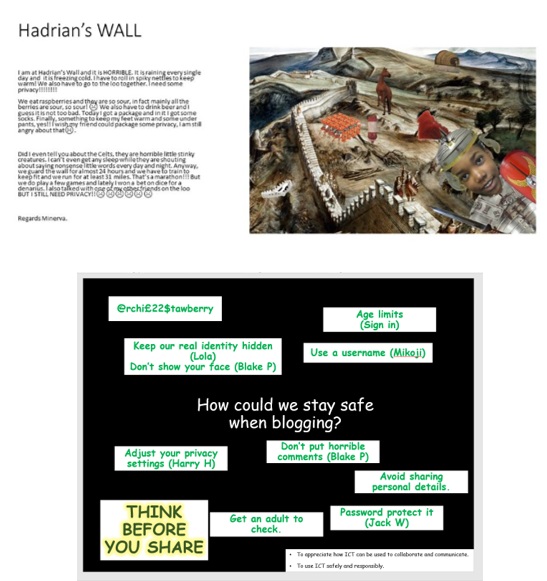
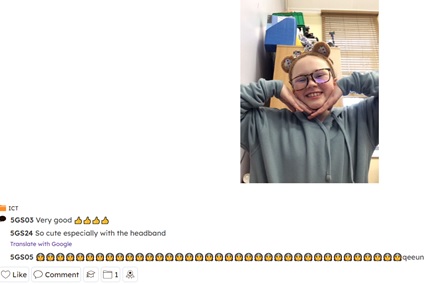
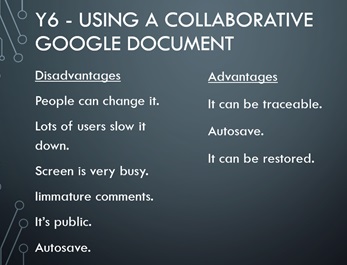
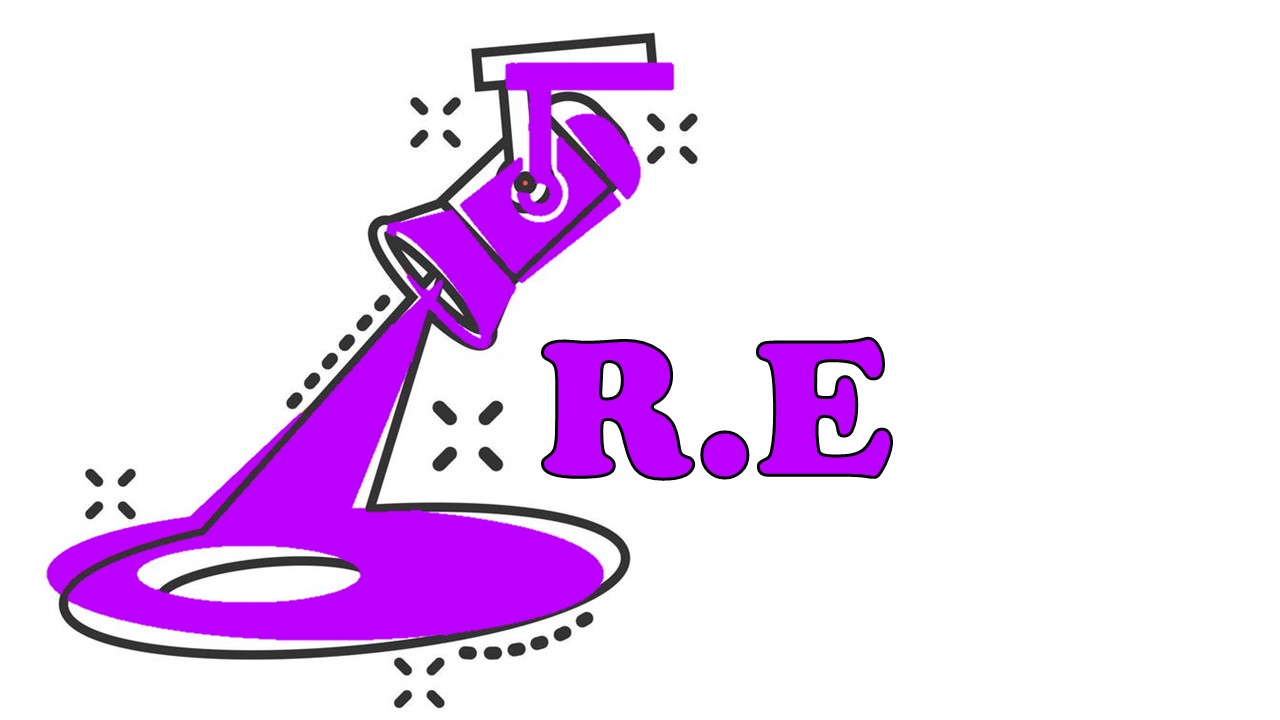
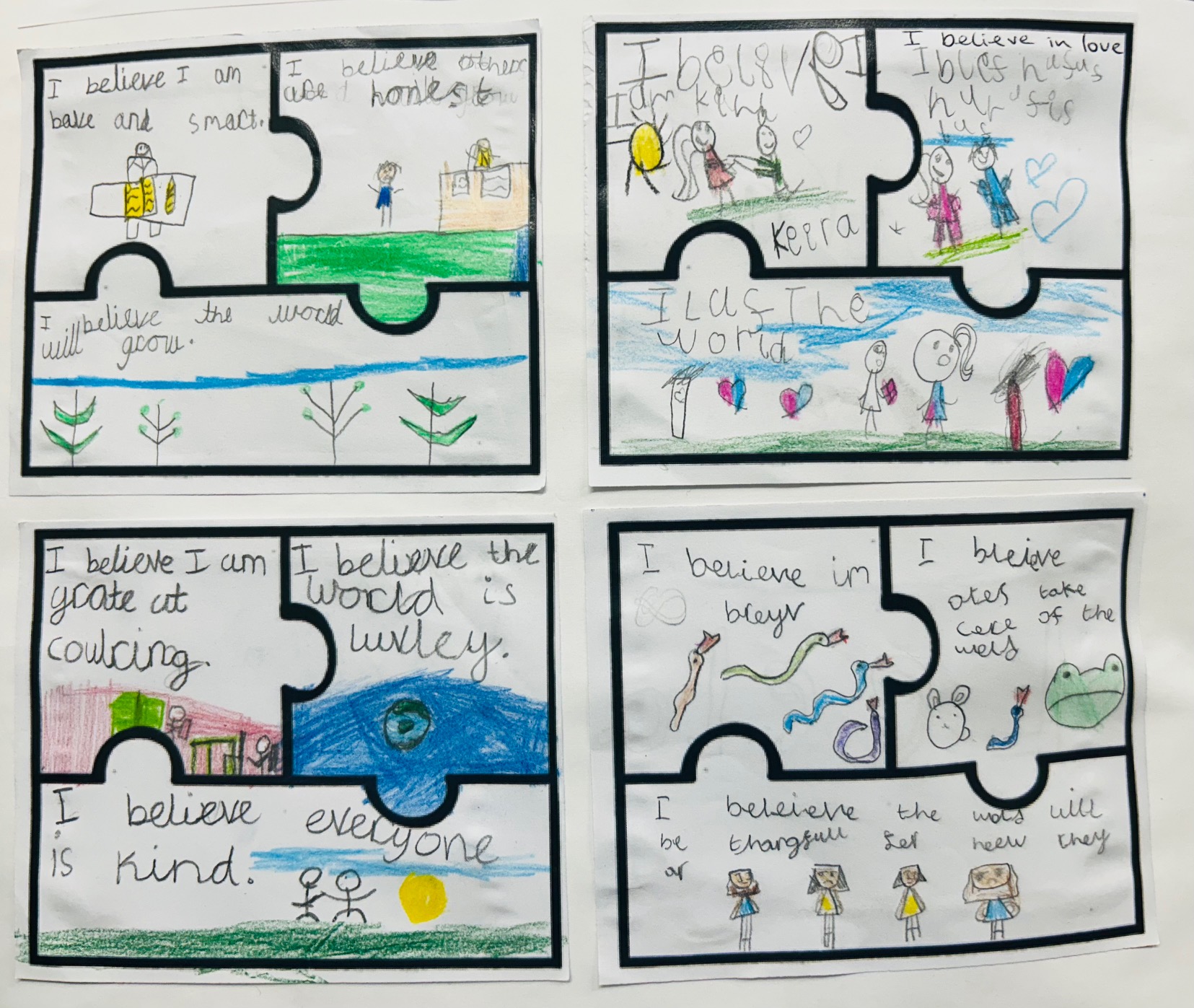
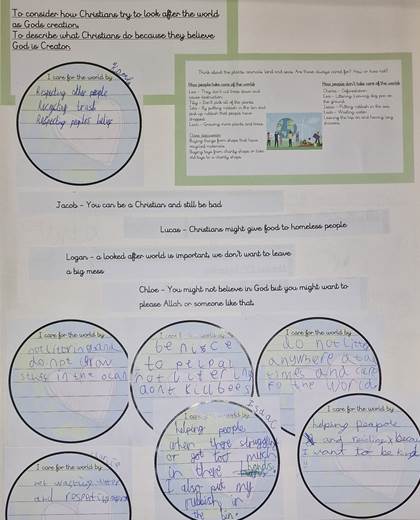
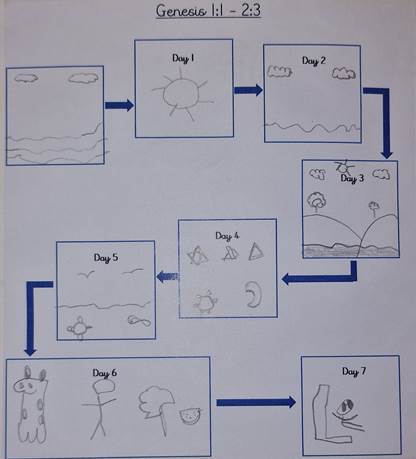
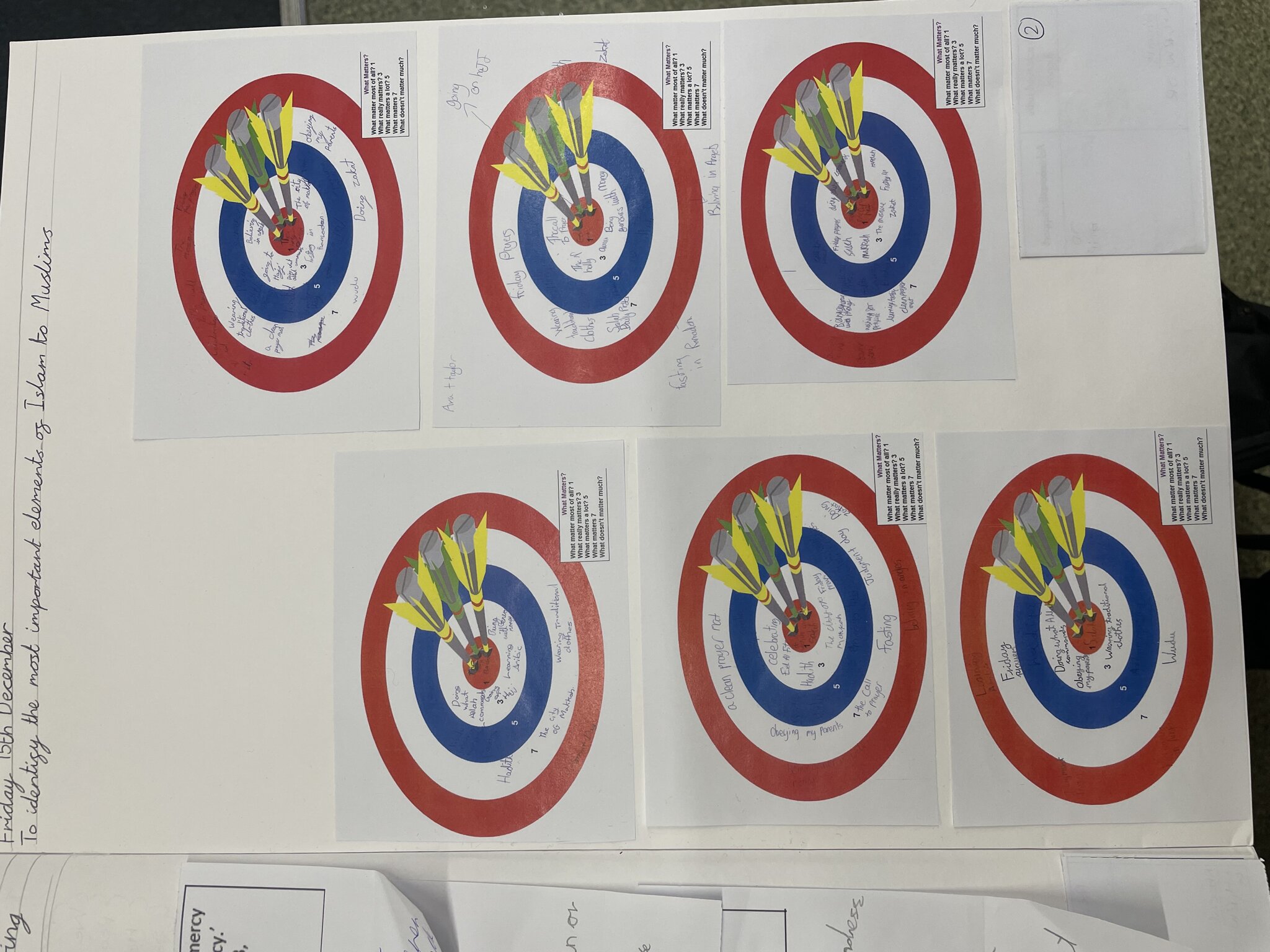
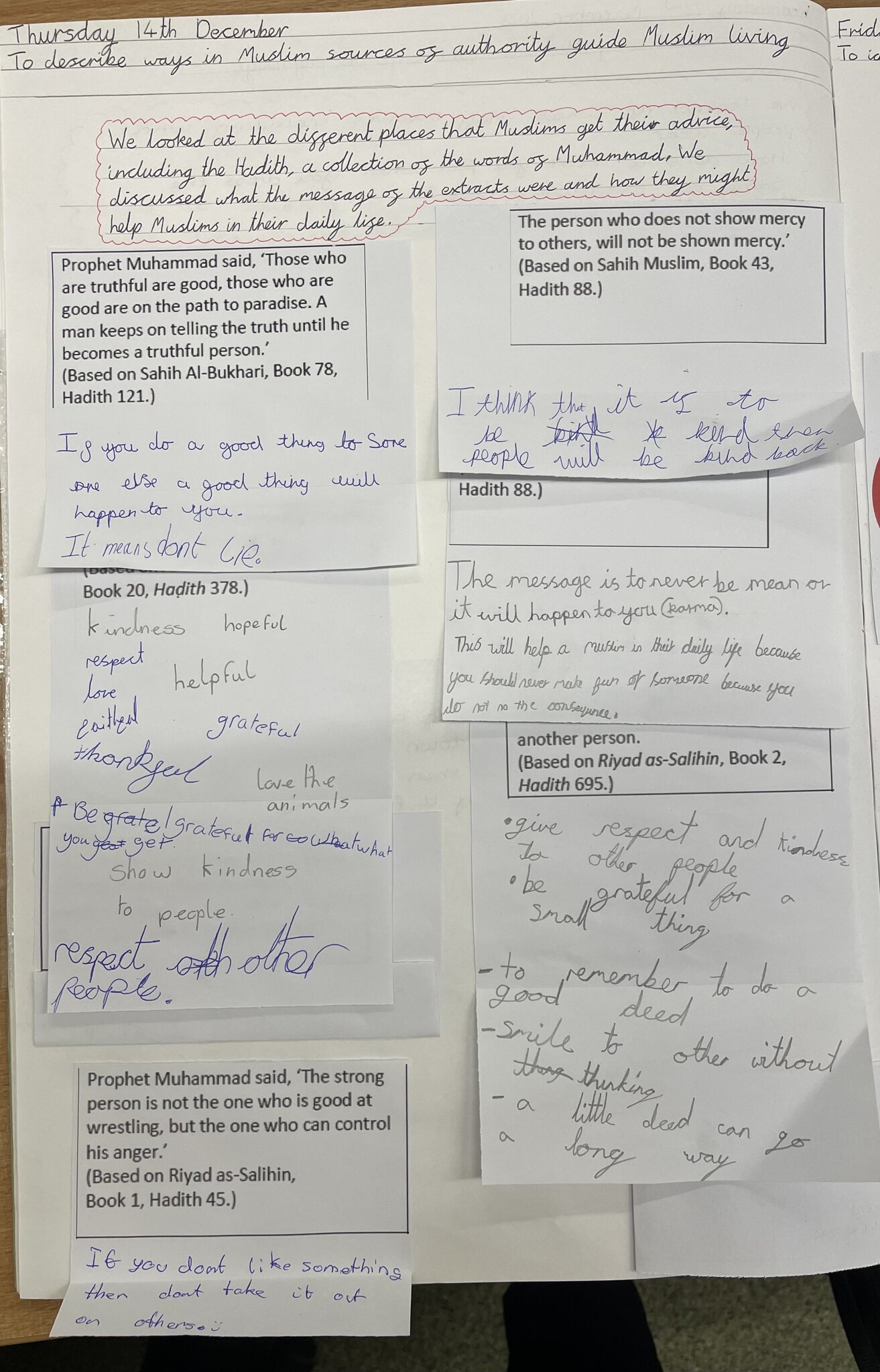
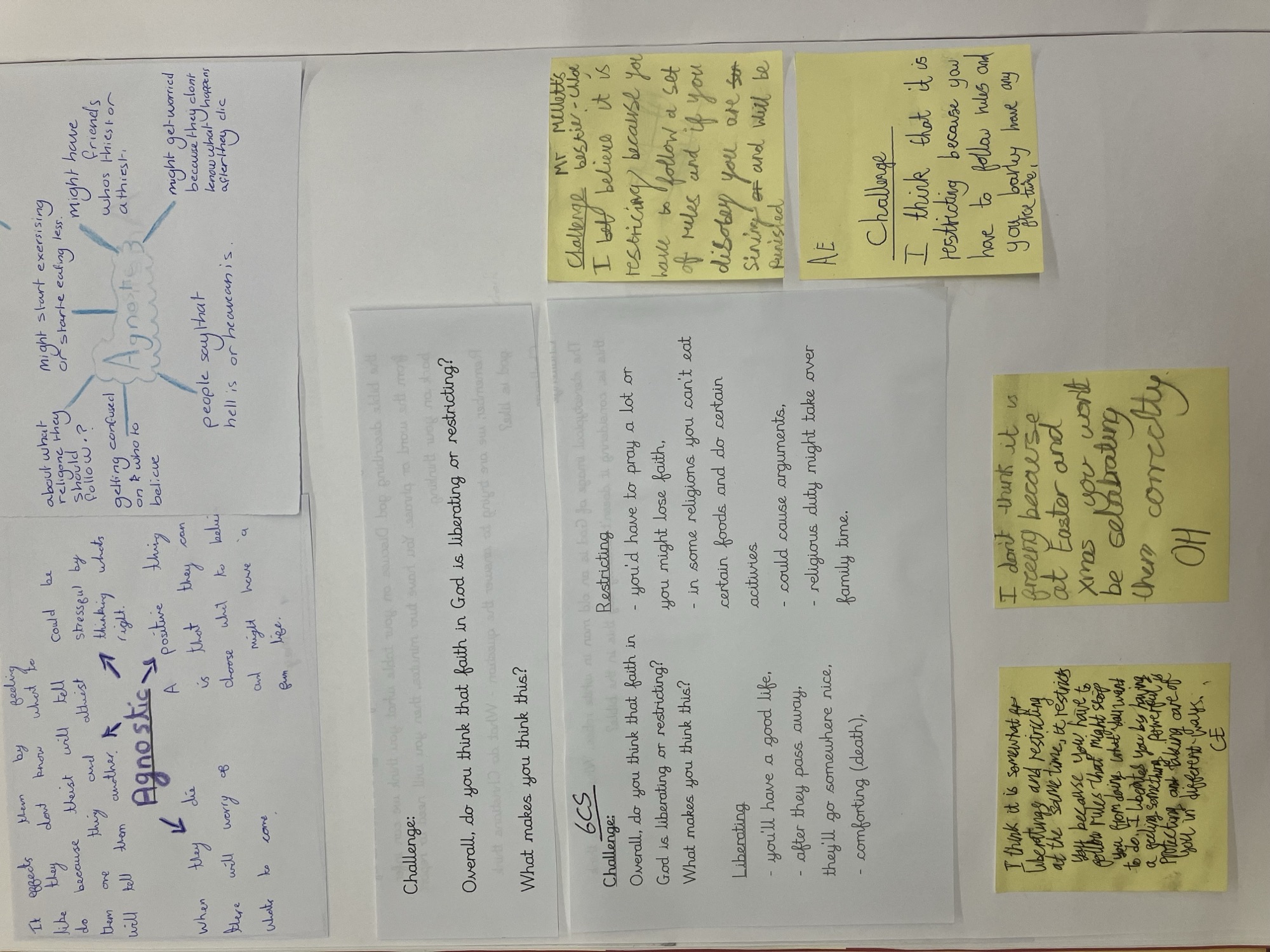
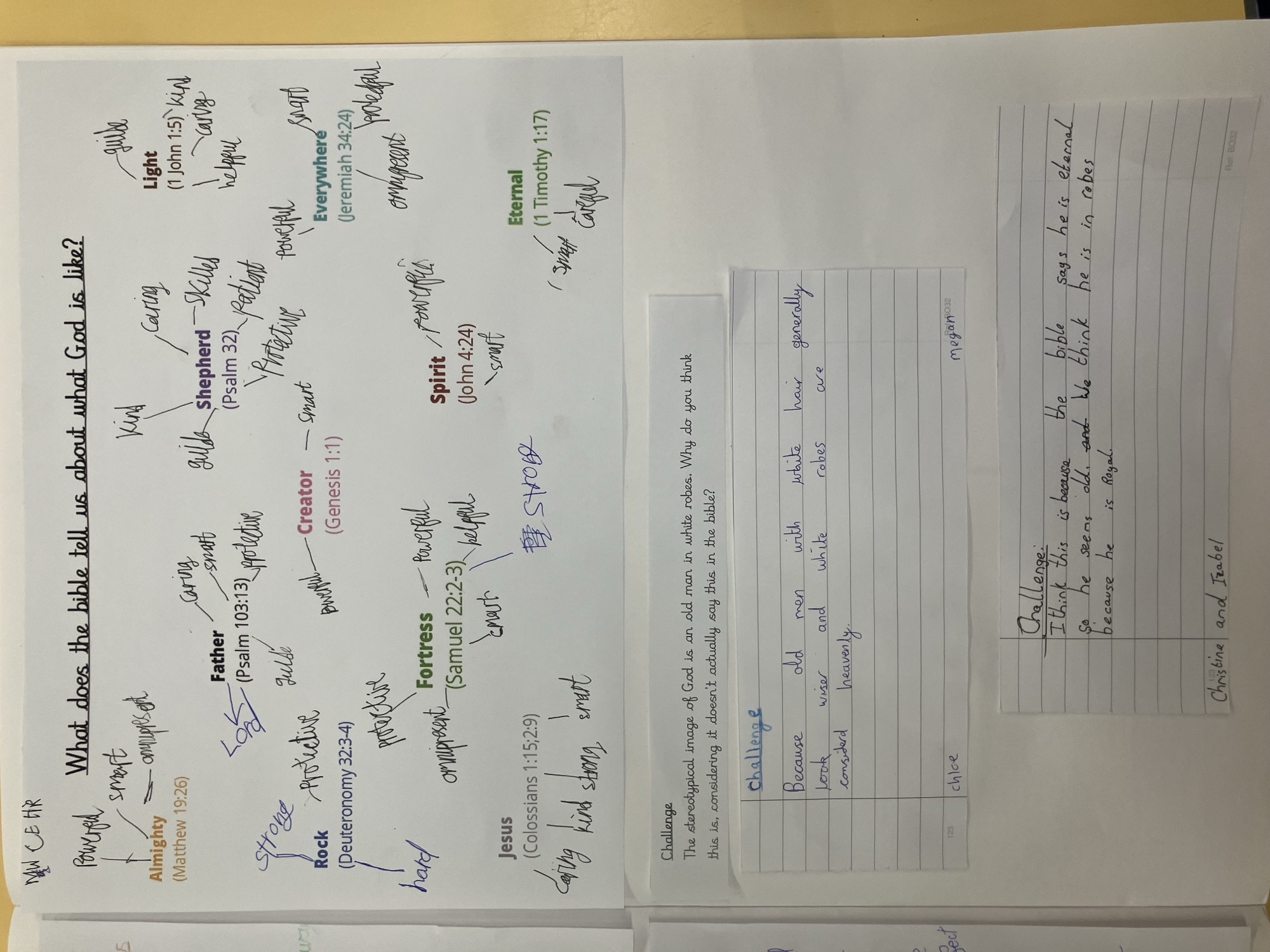
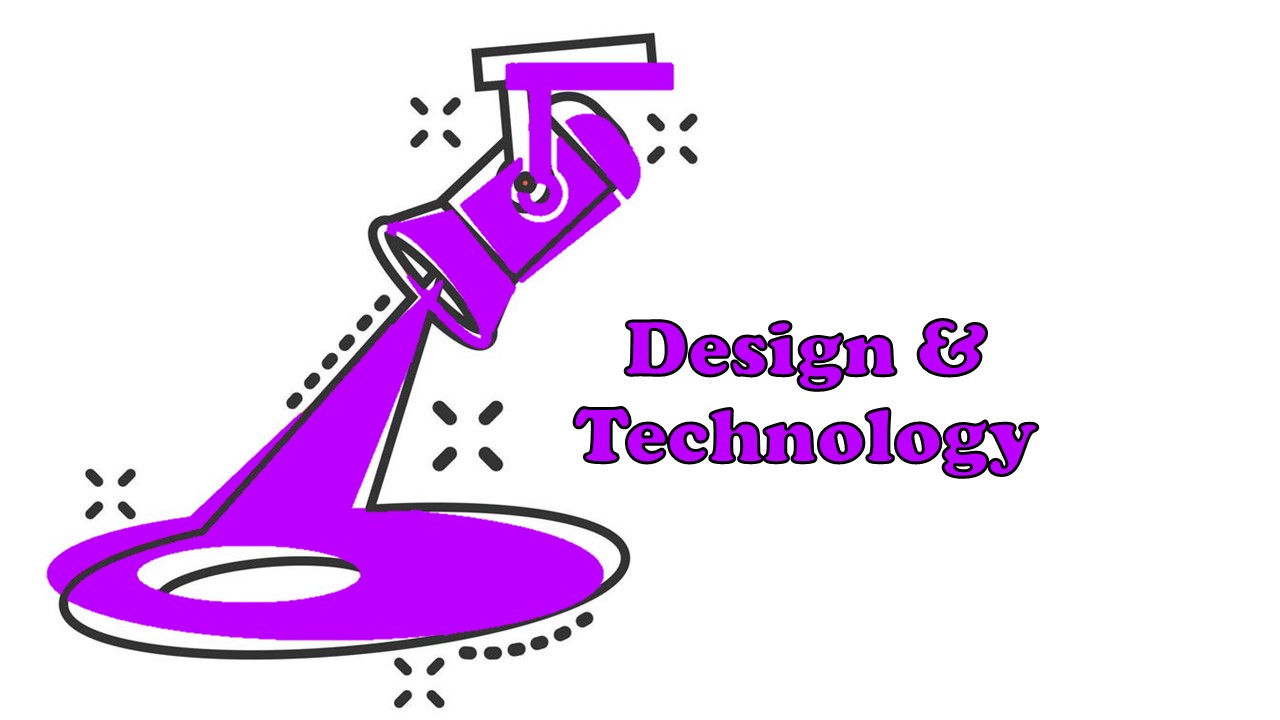
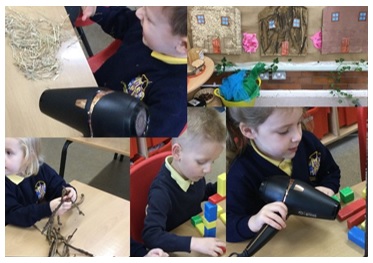
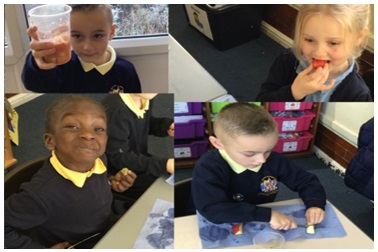
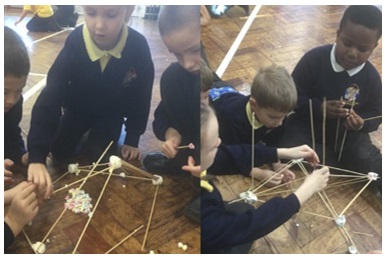
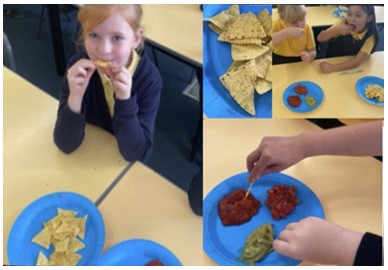
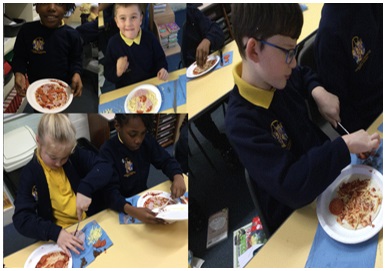
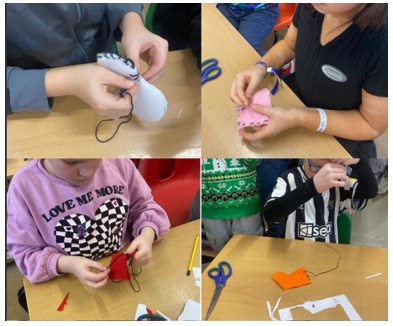
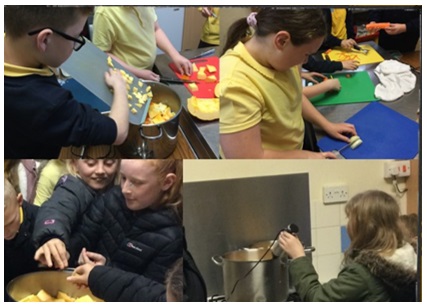
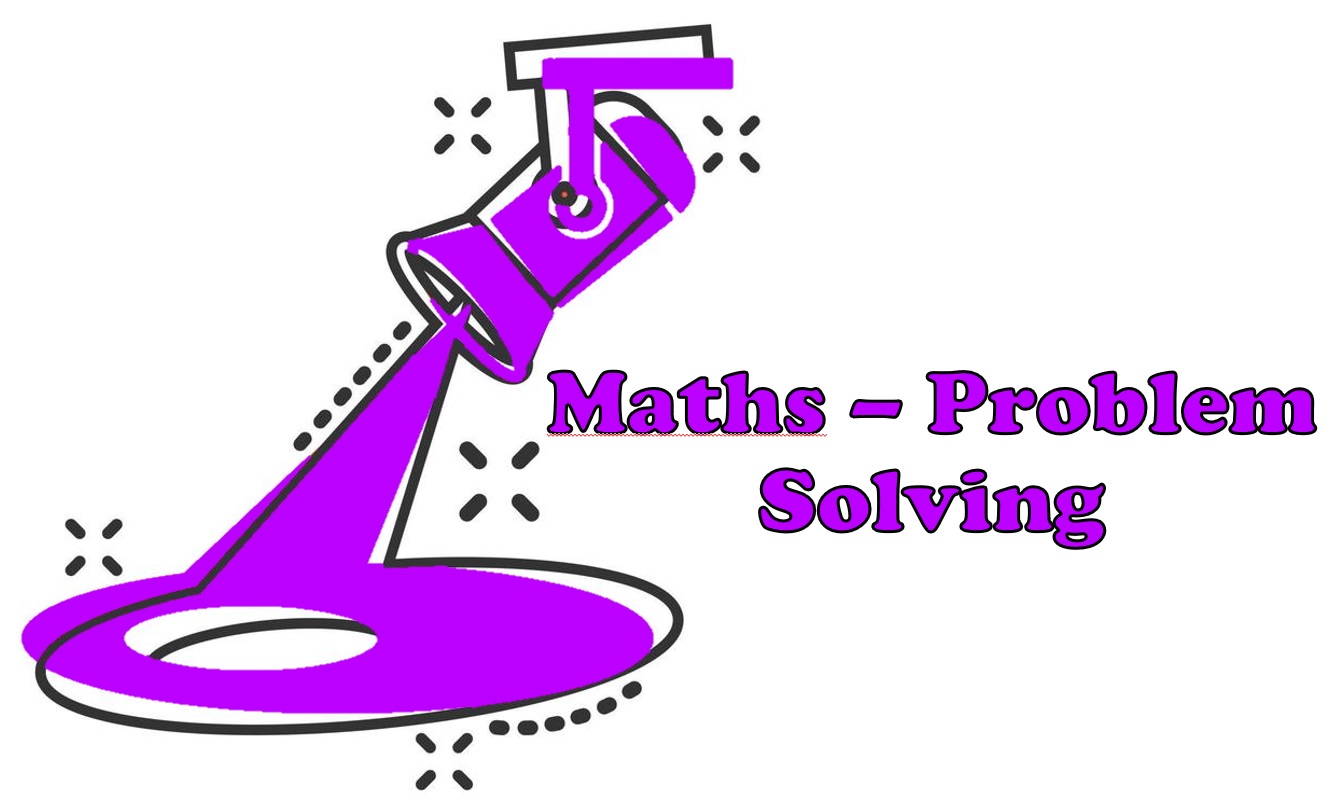
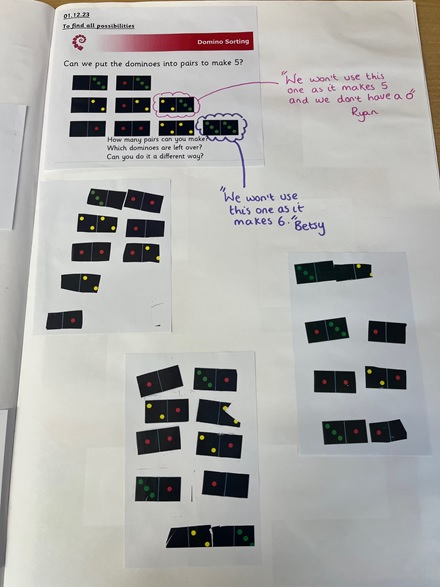
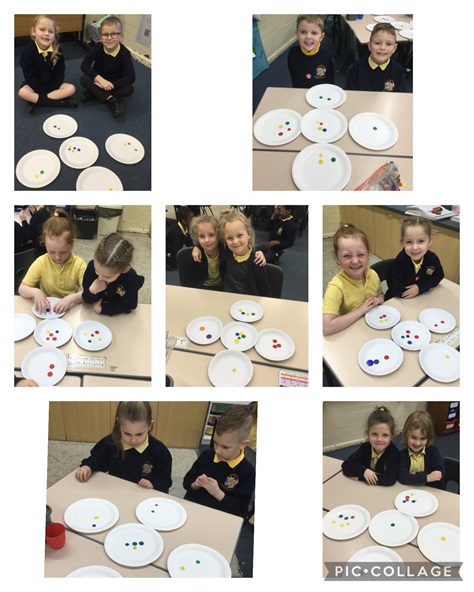
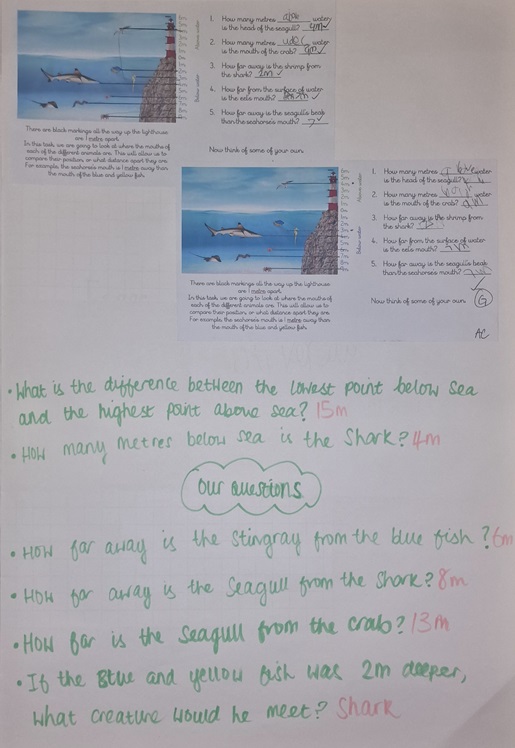
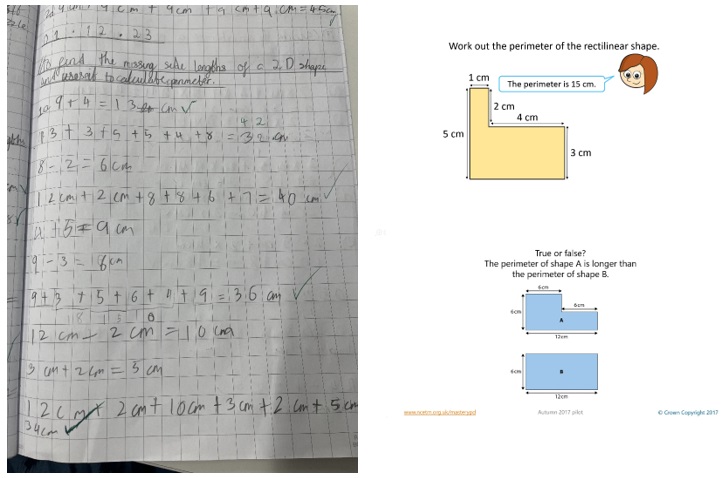
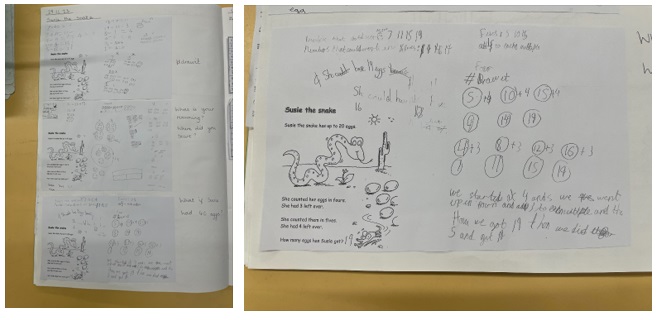
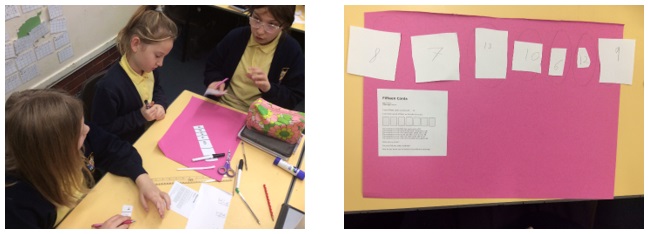
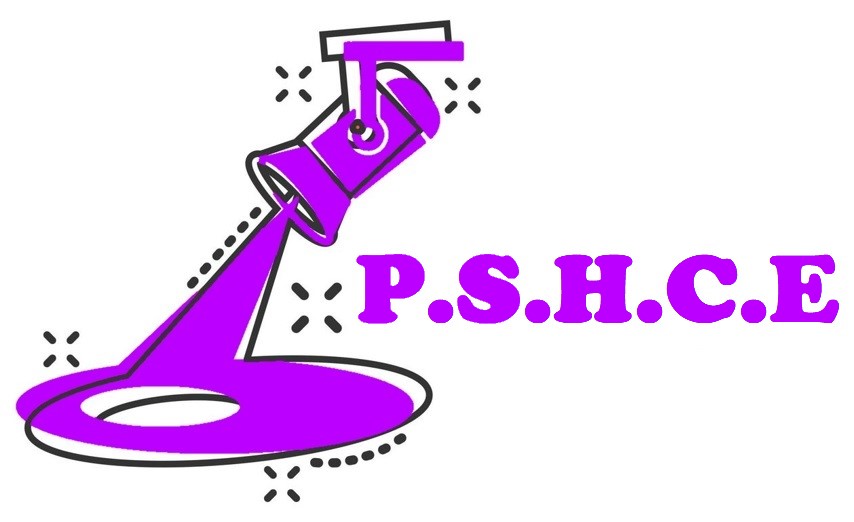
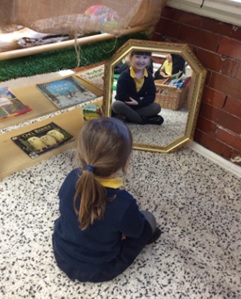
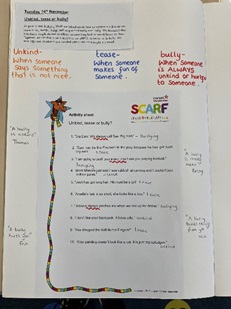
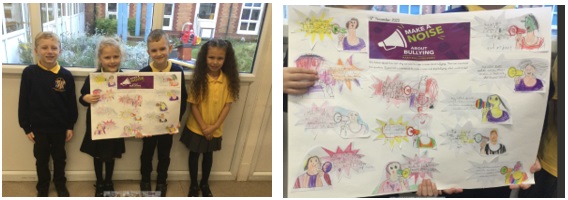
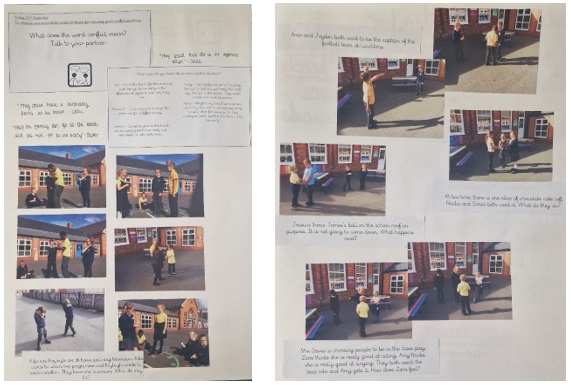
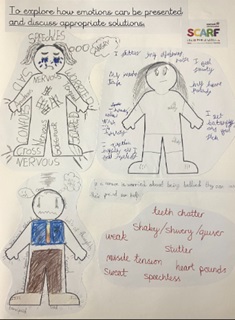
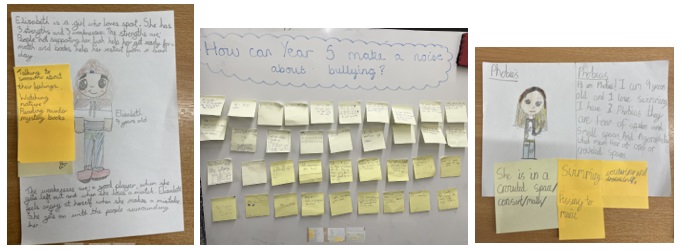
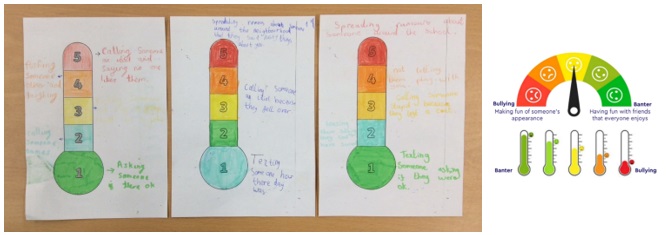
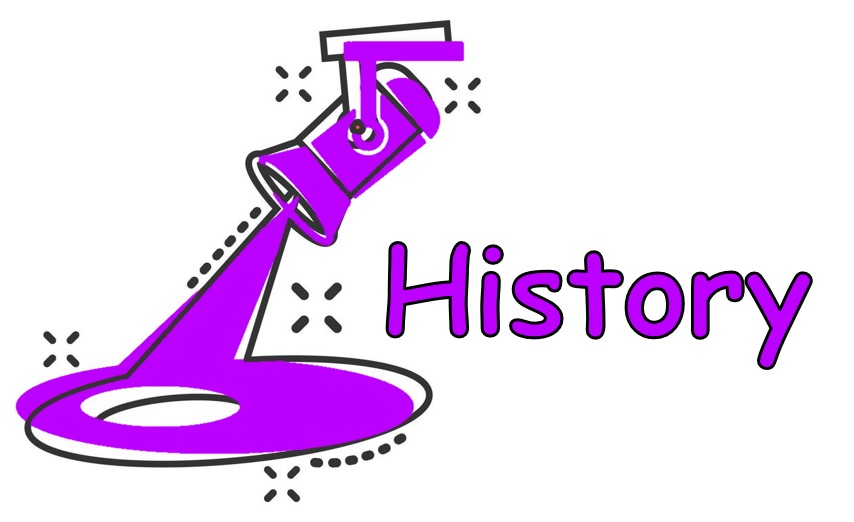

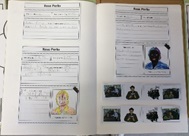

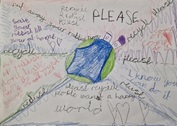
We have decided to try and make small changes in school to help the environment.
We have created posters and ask that you join in and try and make small changes with us to help the environment.

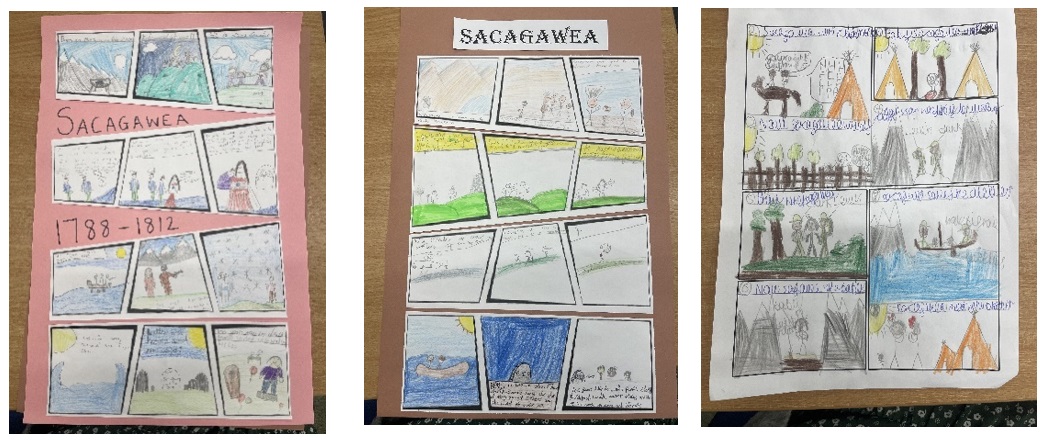
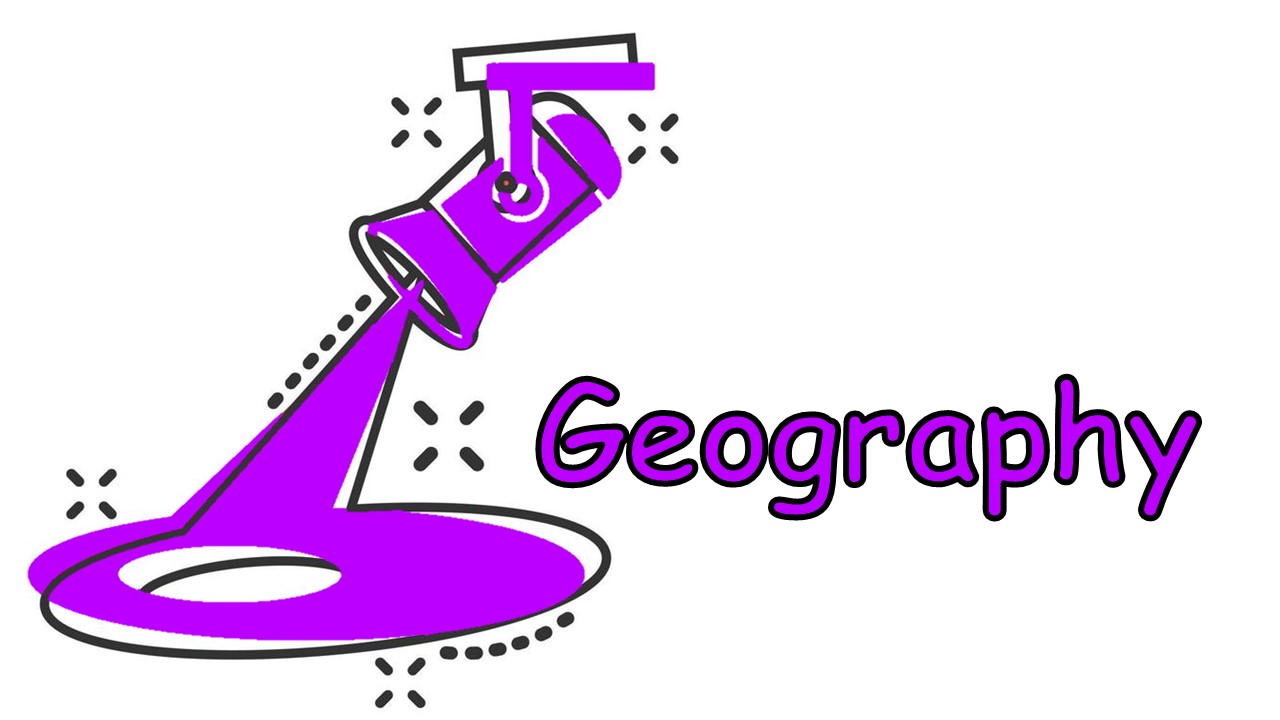
Year 1
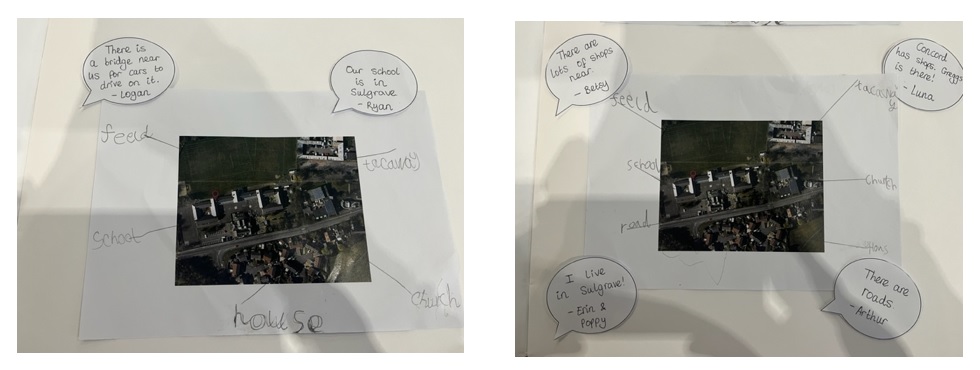
Year 2
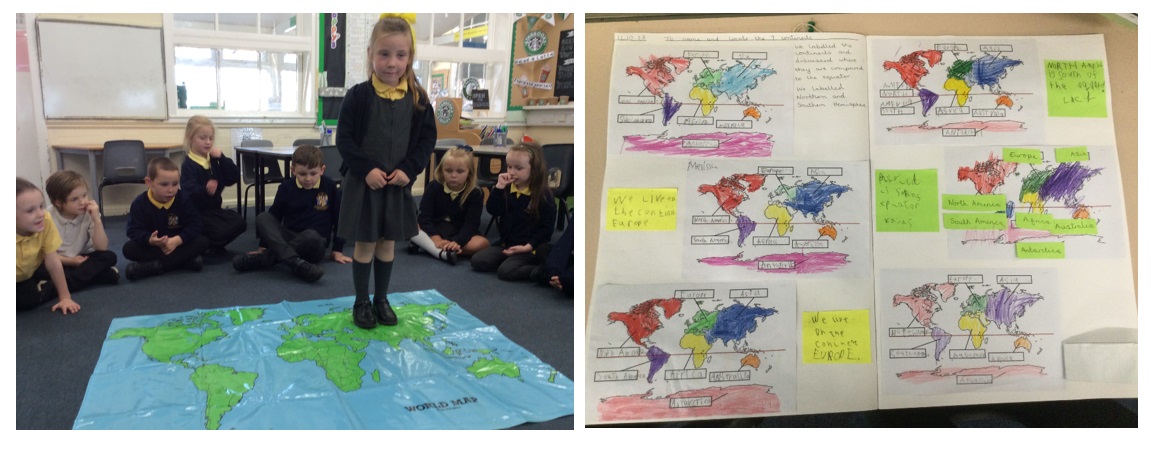
Year 3
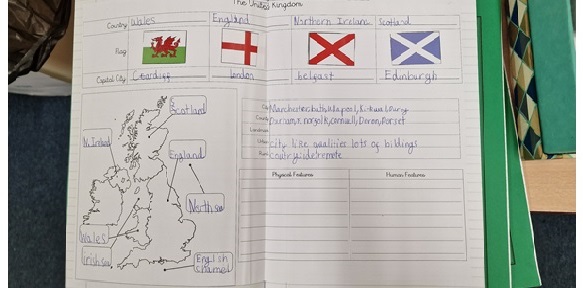
Year 4
Year 5
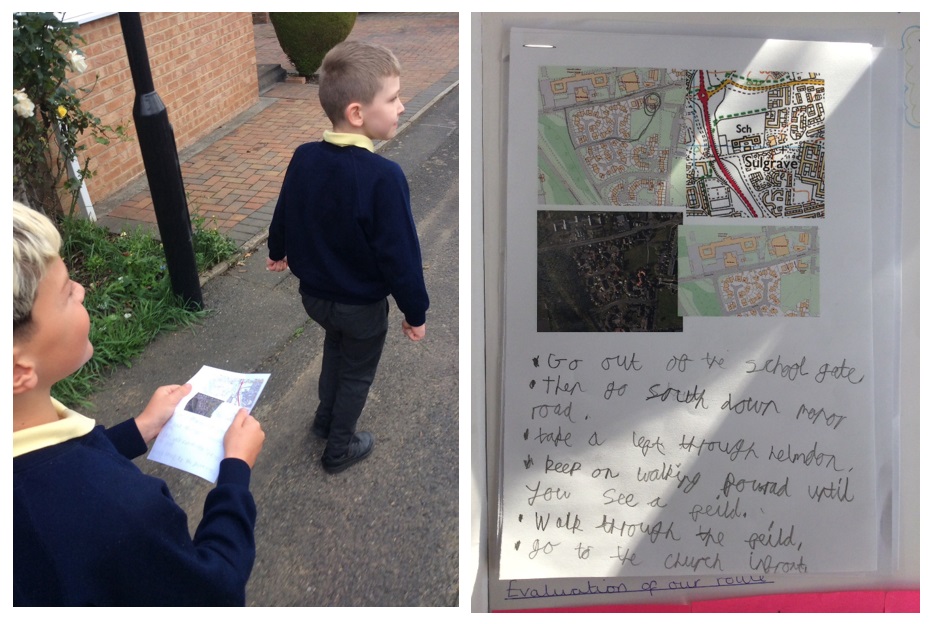
Year 6
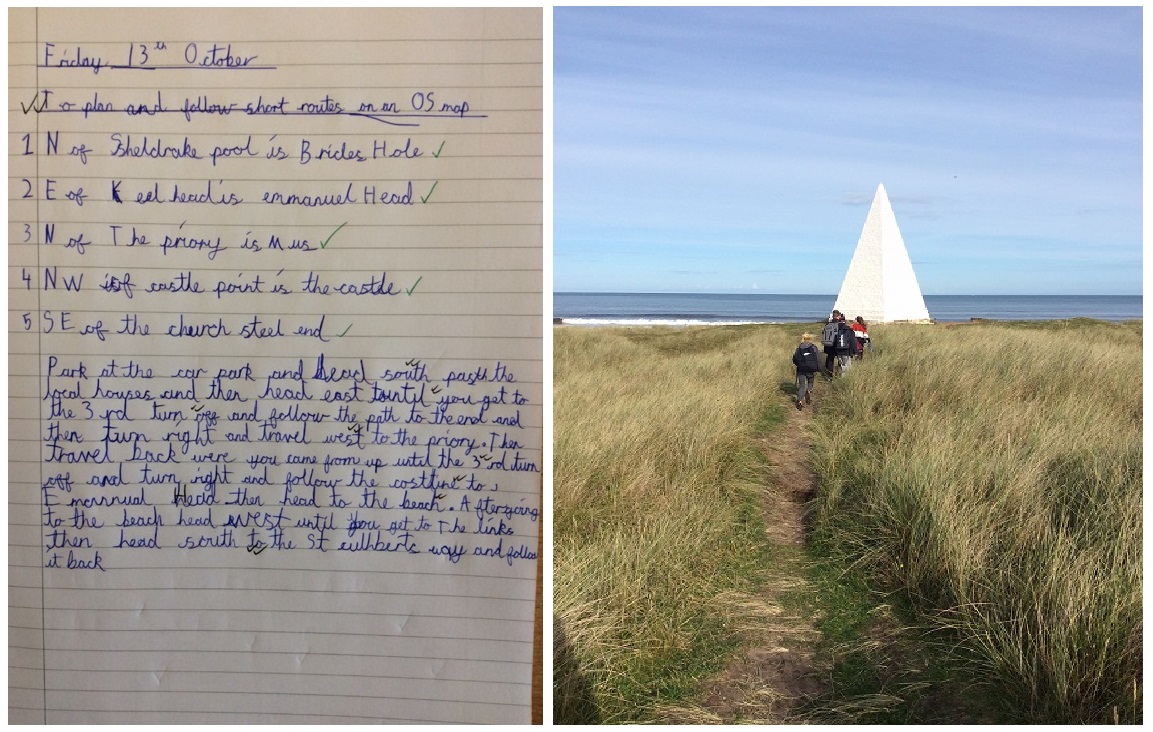
Posted by Philip Arthur

